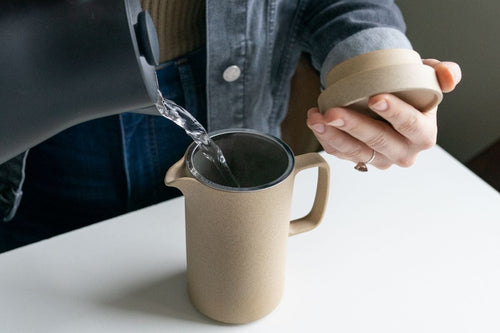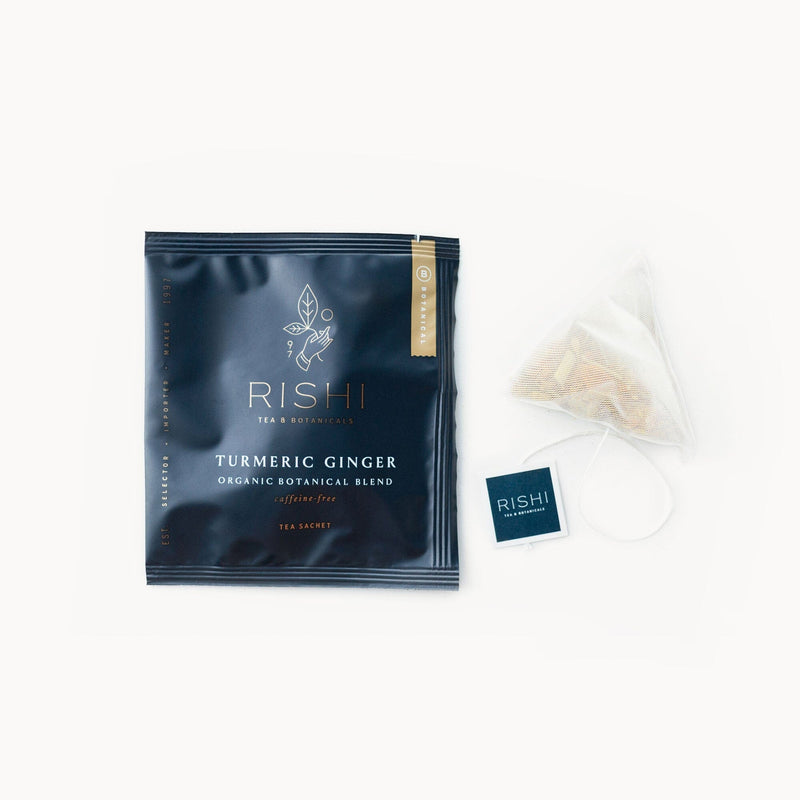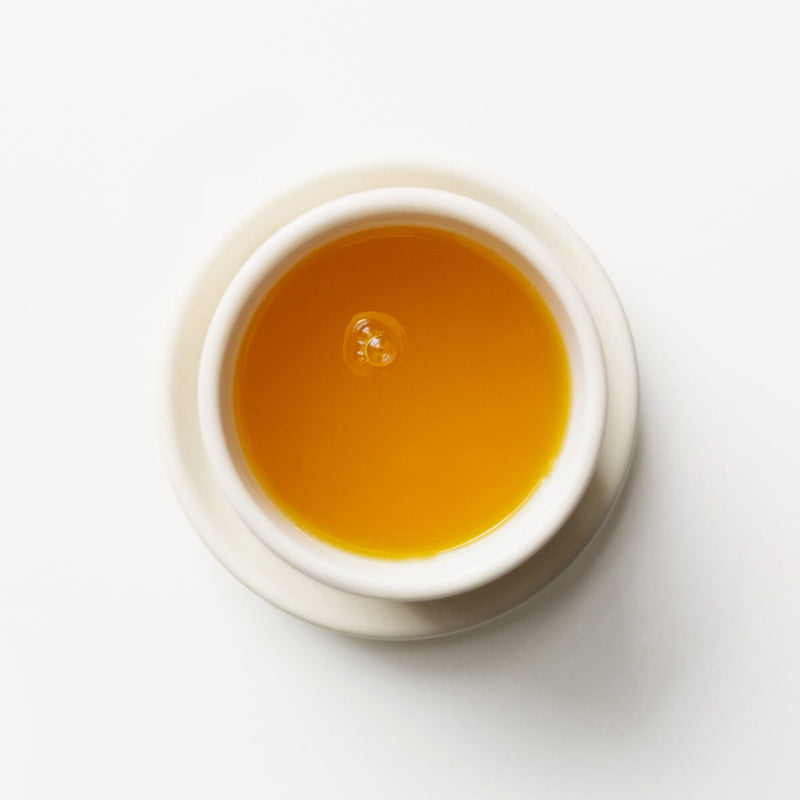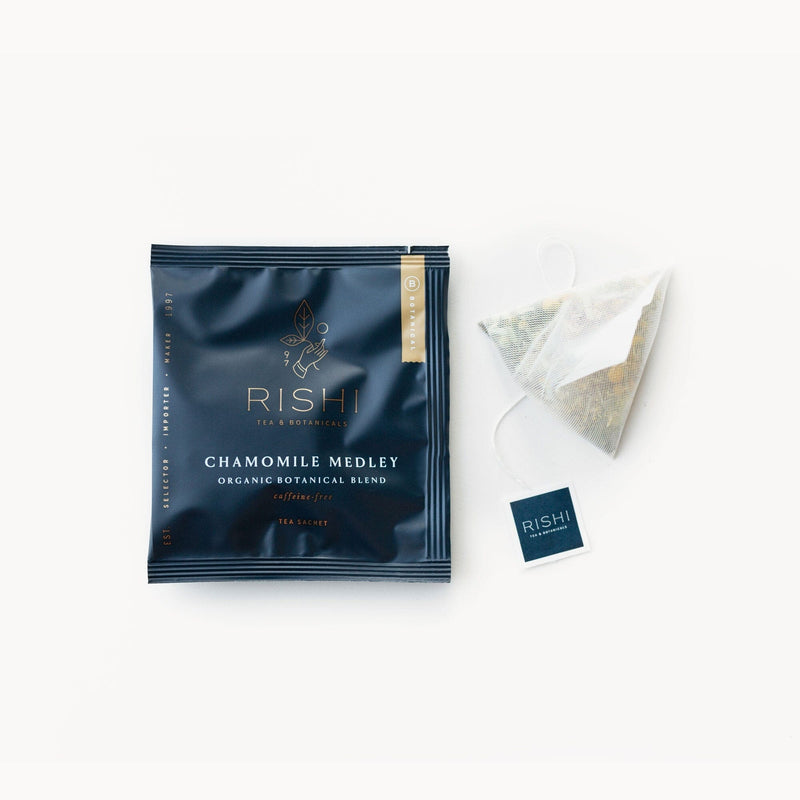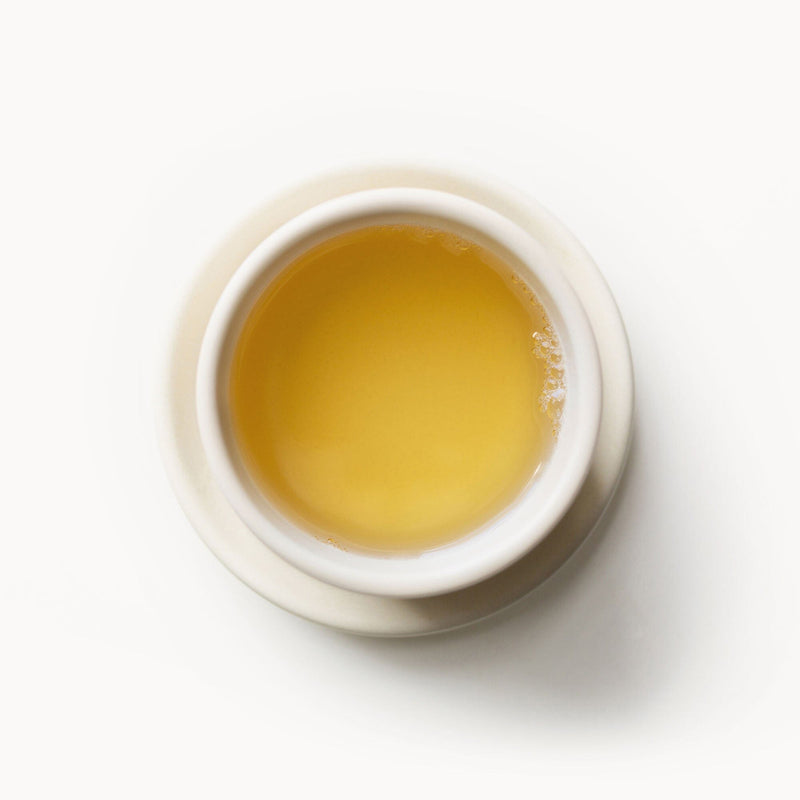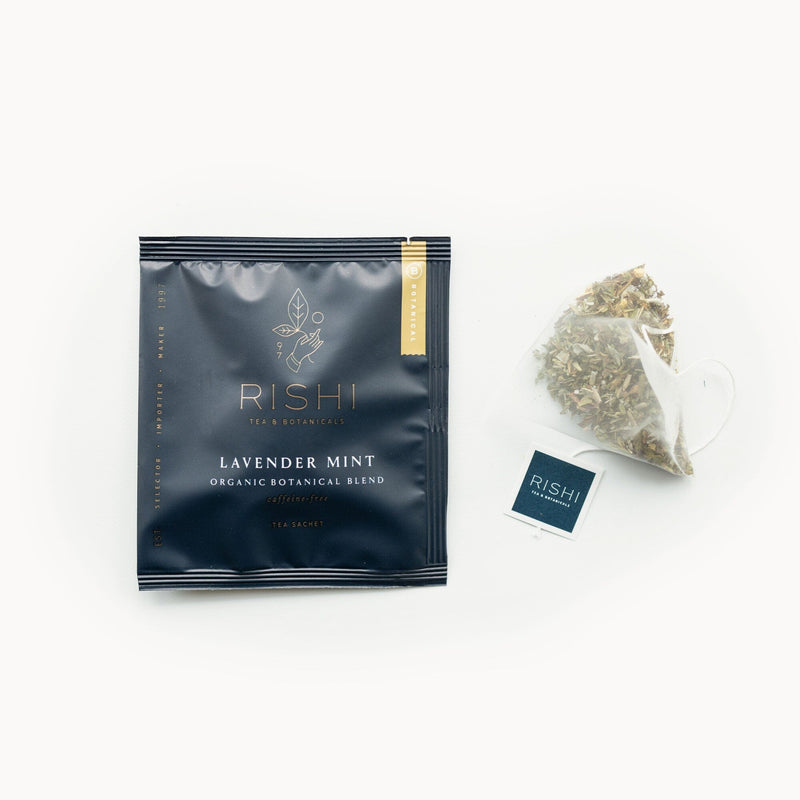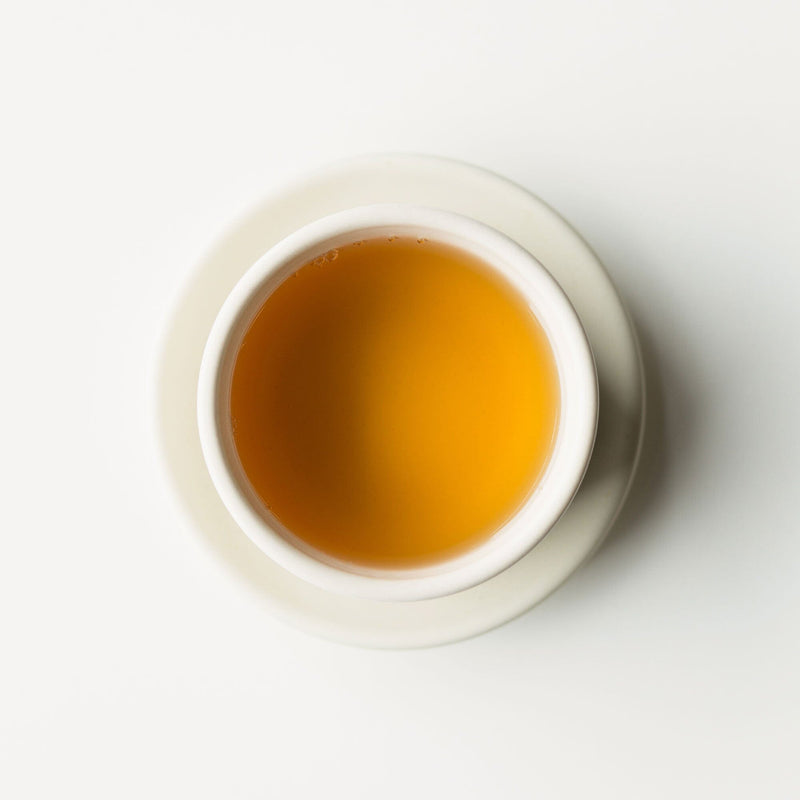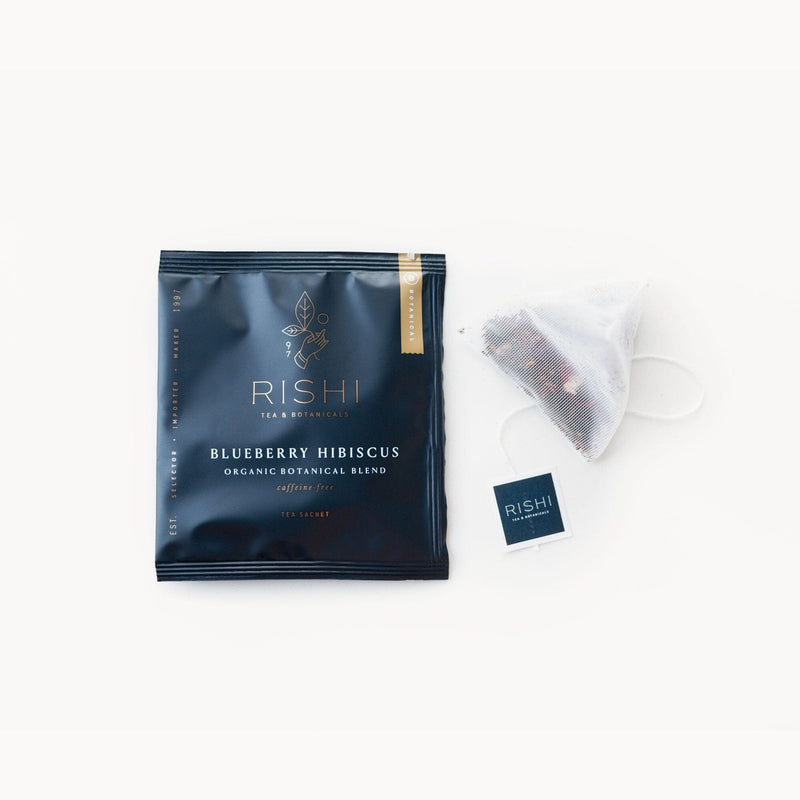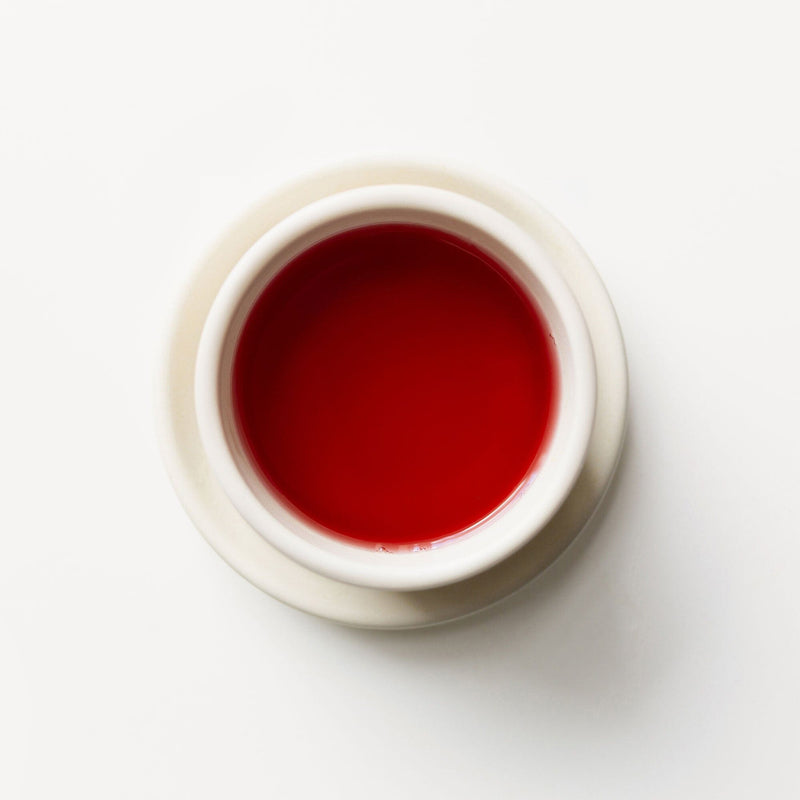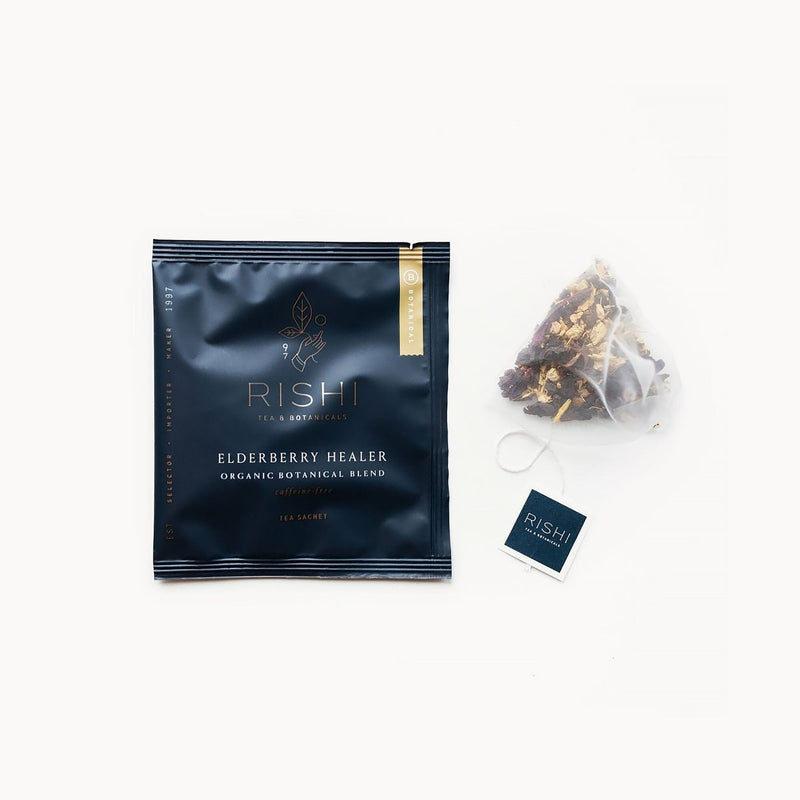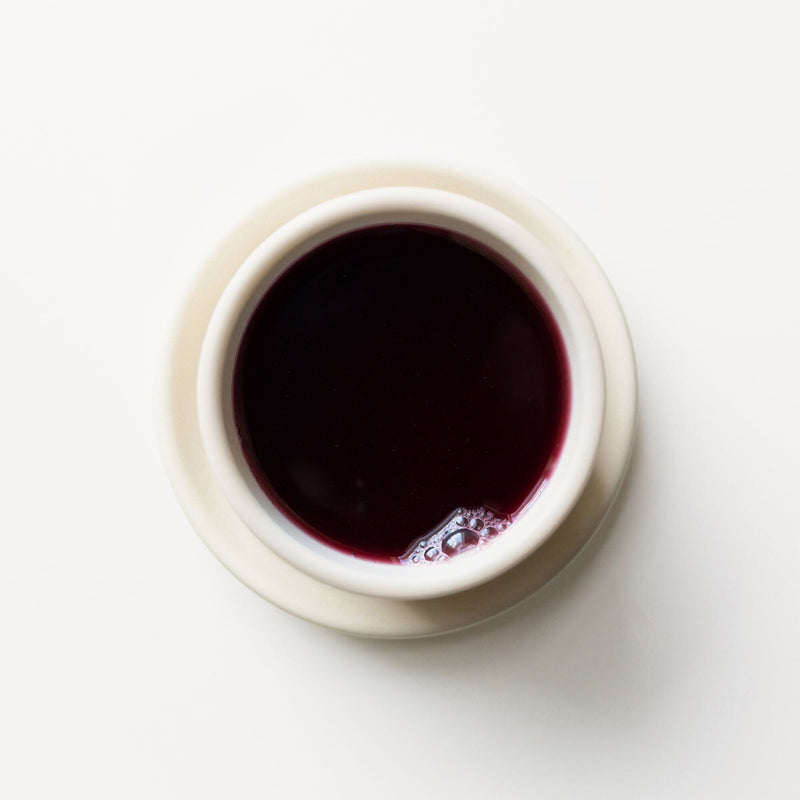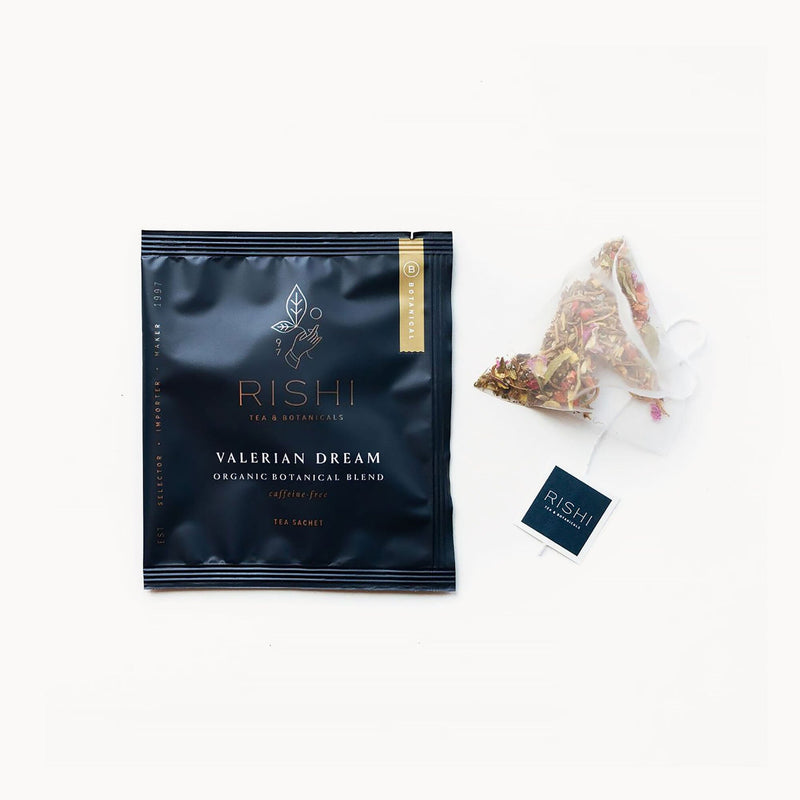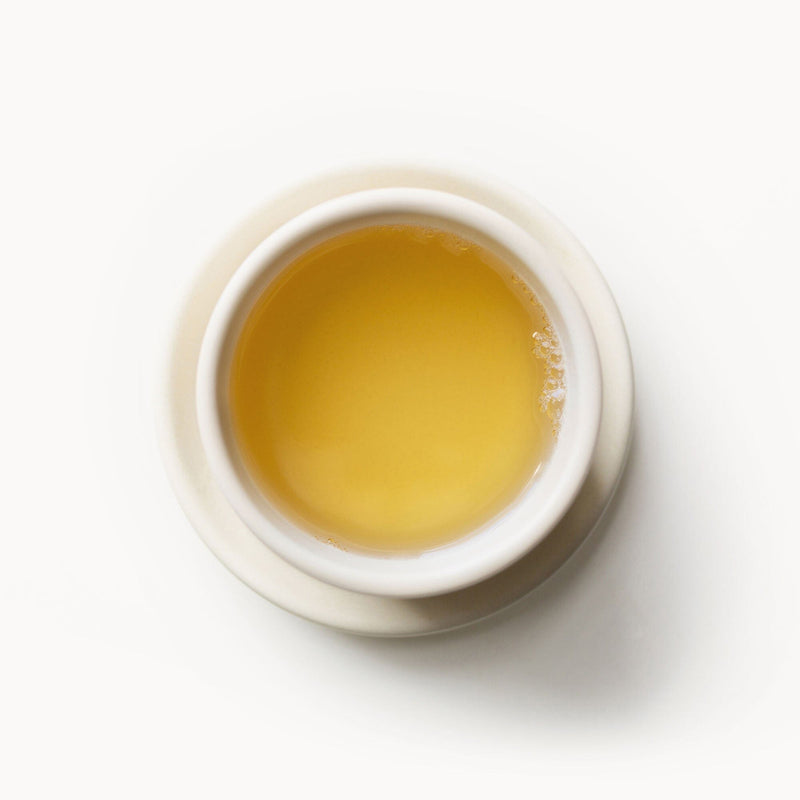-
Sencha
"The flavor is vegetal, bright, and satisfying, without a bitter aftertaste. Perfectly balanced." - Diana H.
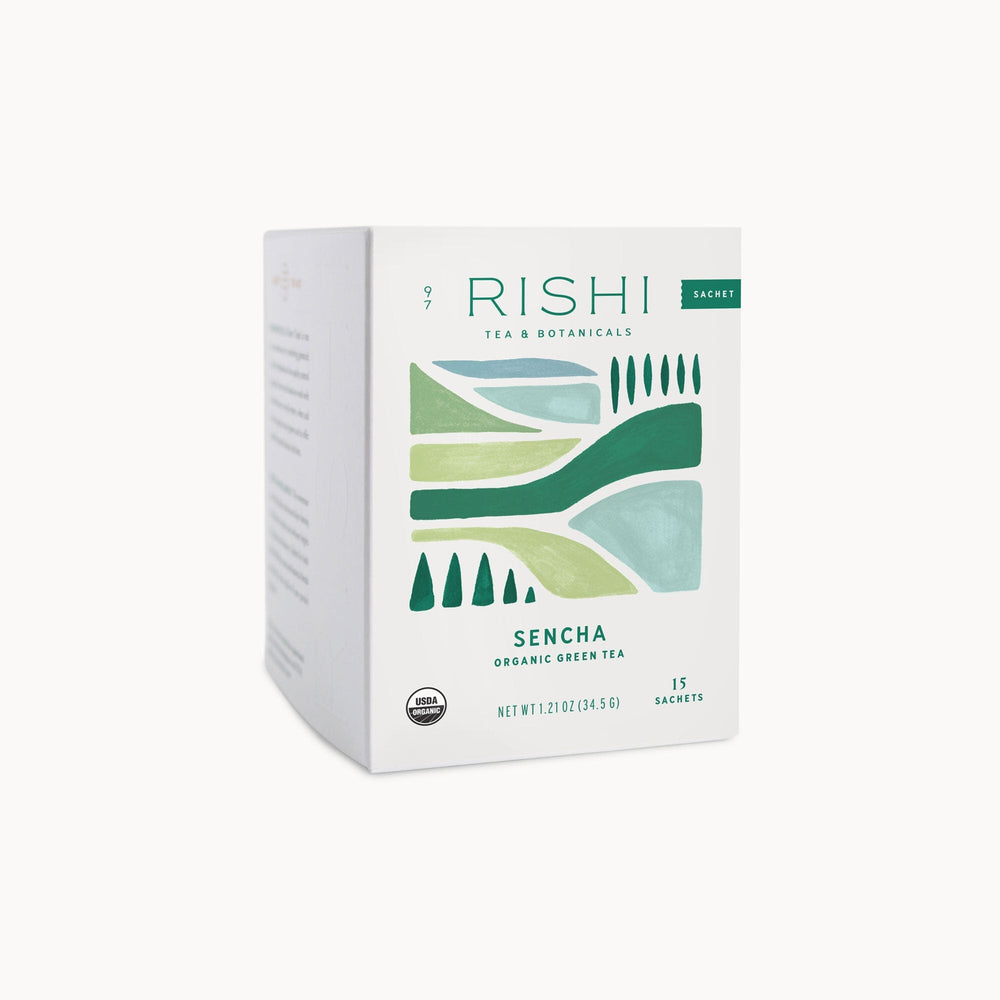
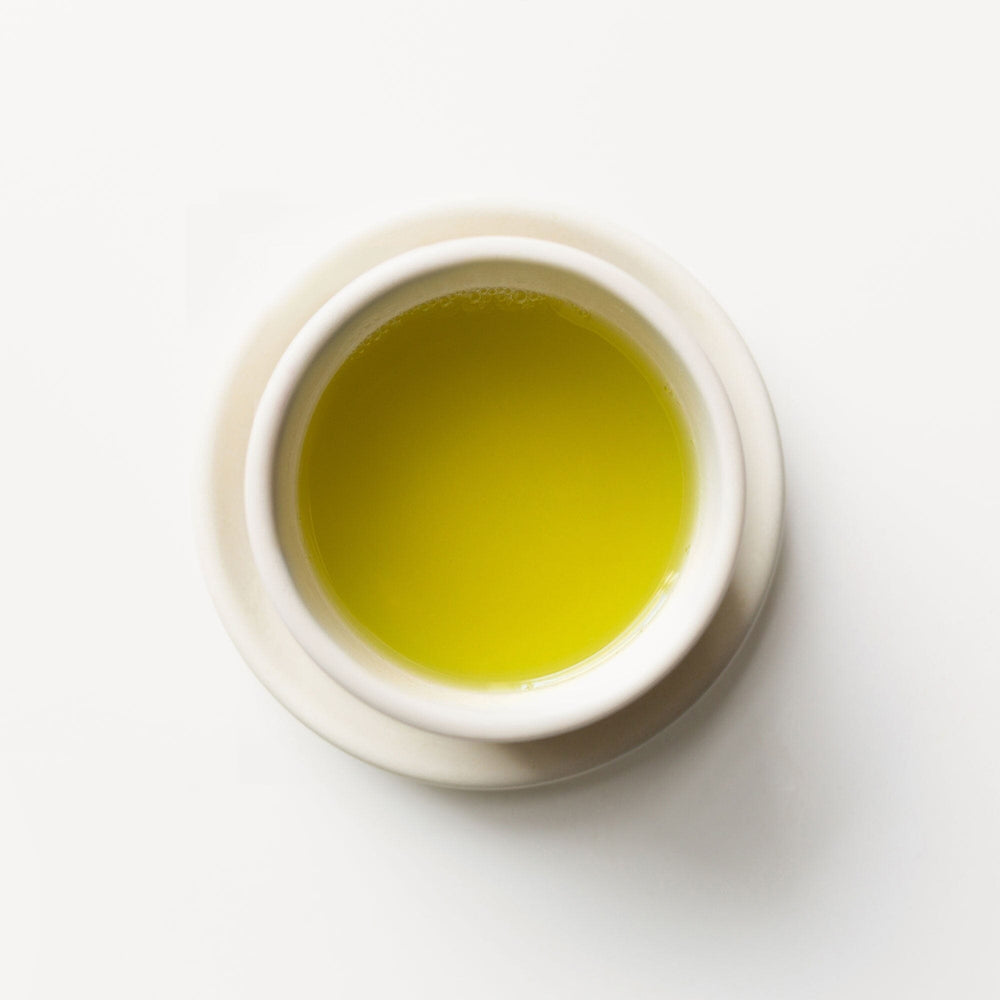
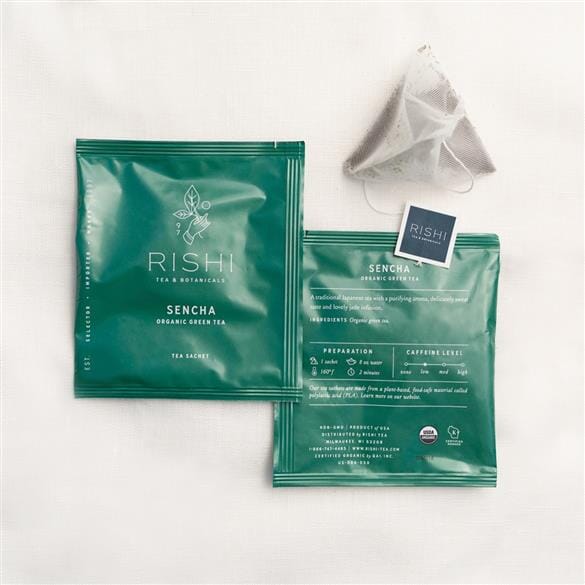
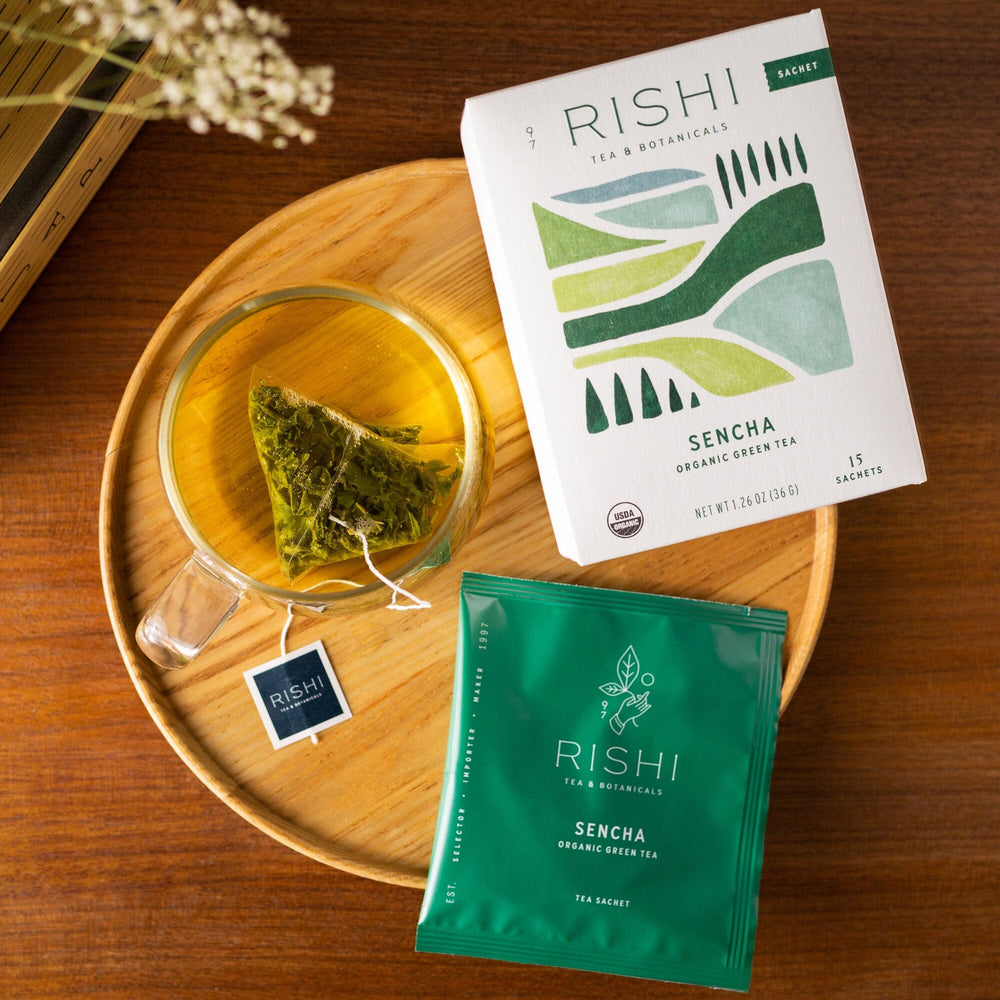




Sencha
Organic Japanese sencha tea bags offer an invigorating and refreshing flavor
About this tea
This light and refreshing green tea is enjoyed daily in Japan. Our Sencha is a combination of the first and second flush harvests from organic farms on Kyushu Island in southern Japan. The mineral-rich volcanic soil of Kyushu, along with expert organic soil management, creates a sweet and full-bodied green tea flavor. This chumushi sencha yields a slightly opaque, bold green infusion with deep umami and juicy mouthfeel.
Origin
Kagoshima, Kyushu Island, Japan
Ingredients
Organic green tea


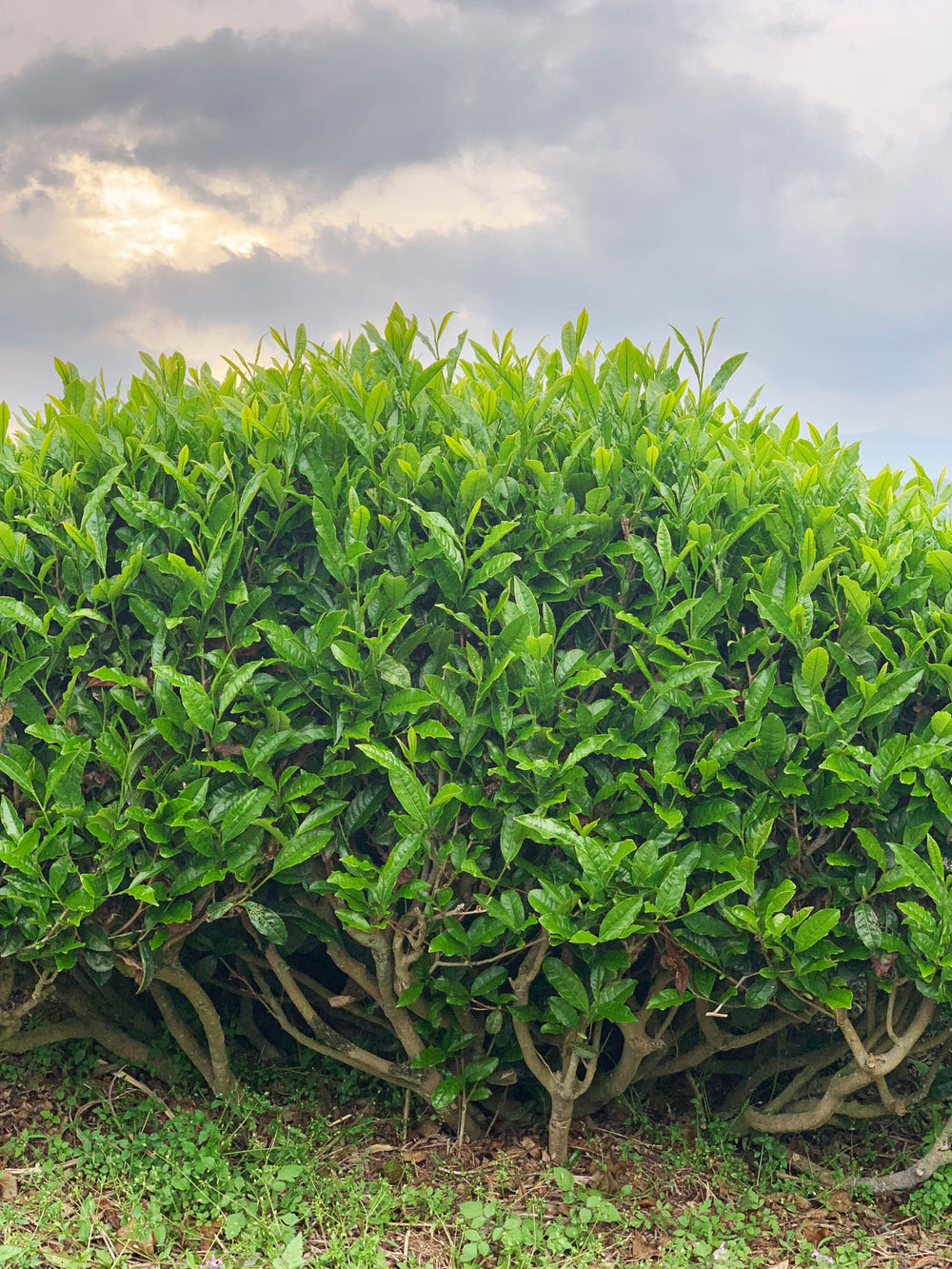
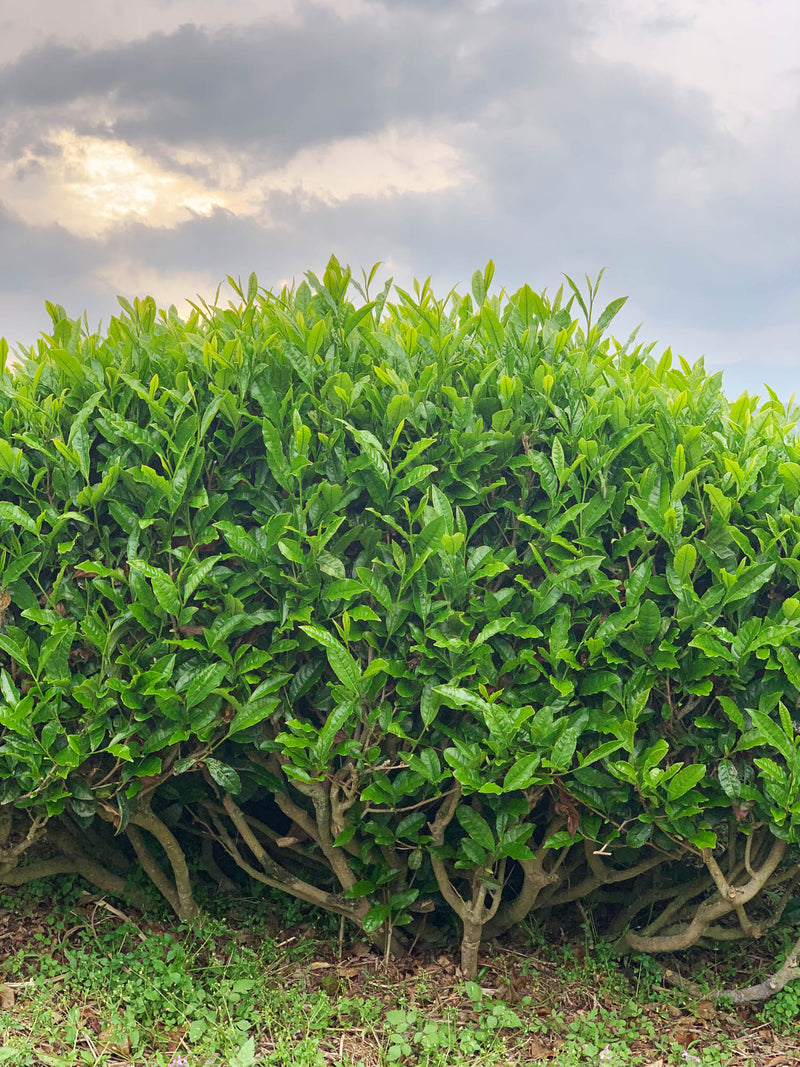
Ingredients
Organic green tea


Origin
Kagoshima, Kyushu Island, Japan
Caffeine Level
Low
Based on a 8oz cup of tea made with suggested steeping method relevant to the tea type. An average cup of coffee contains about 90 – 120 mg / 8oz cup.
0 MG
100 MG
Preparation
- Imperial
- Metric
Use one sachet in 8 ounces of hot water. Do not steep for long to avoid bitterness.
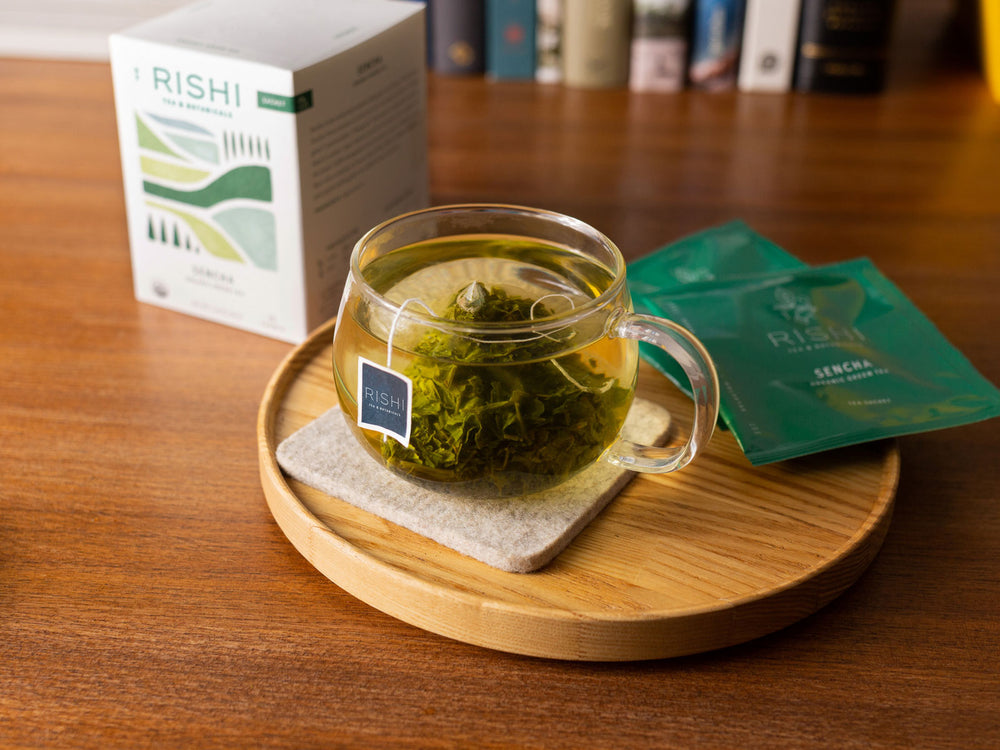


Origin
Kagoshima
Kyushu Island, Japan
Kagoshima Prefecture is located at the southwest tip of Kyushu (the third largest island of Japan) and is largely mountainous and home to important lumber, fishing and agriculture industries. Much like the rest of Japan, this region has well manicured tea gardens with well-developed irrigation, and farmers follow strict growing procedures to produce this perfect tea bush shape and size.
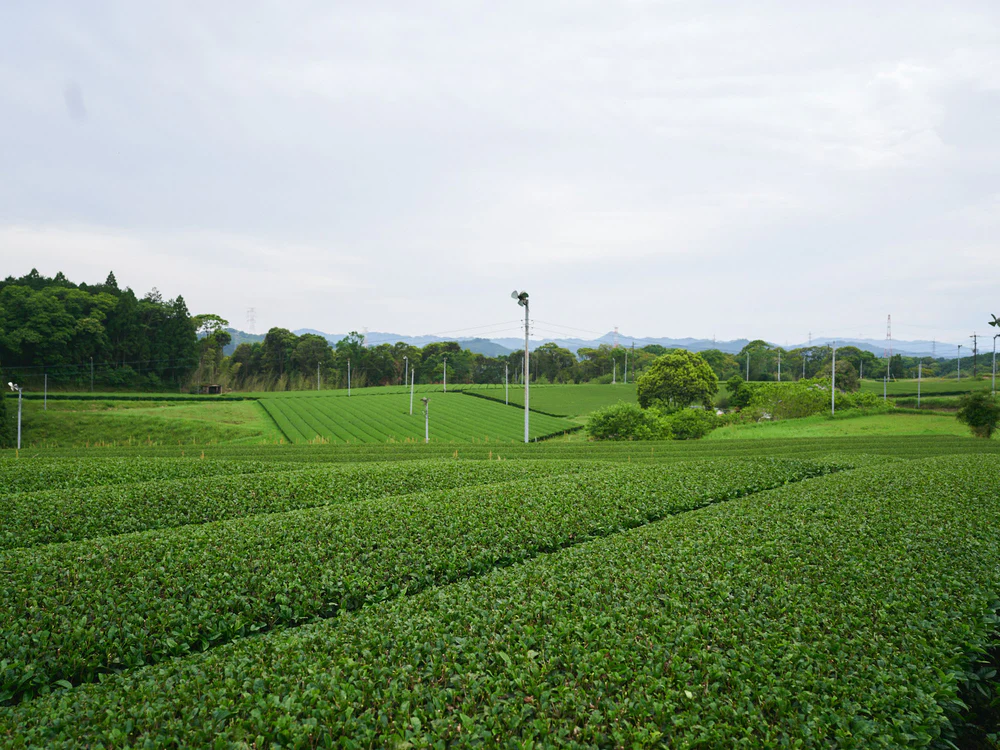
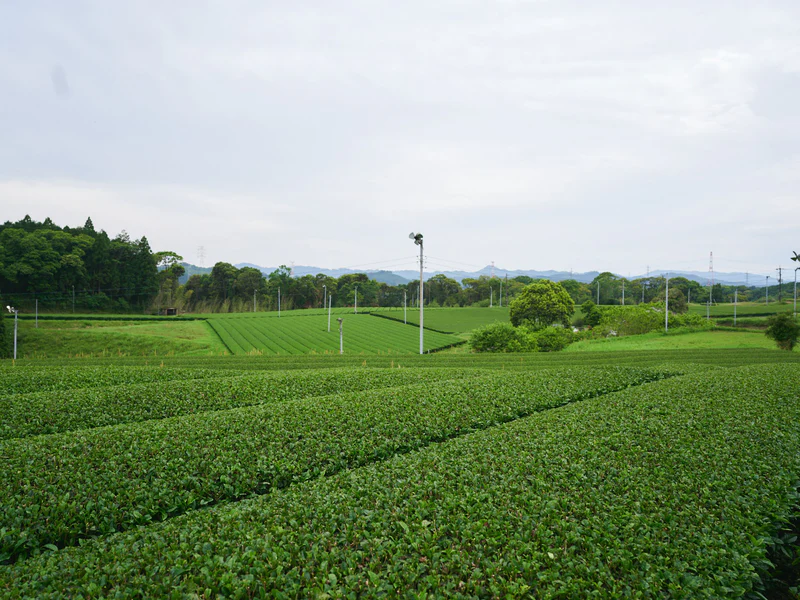
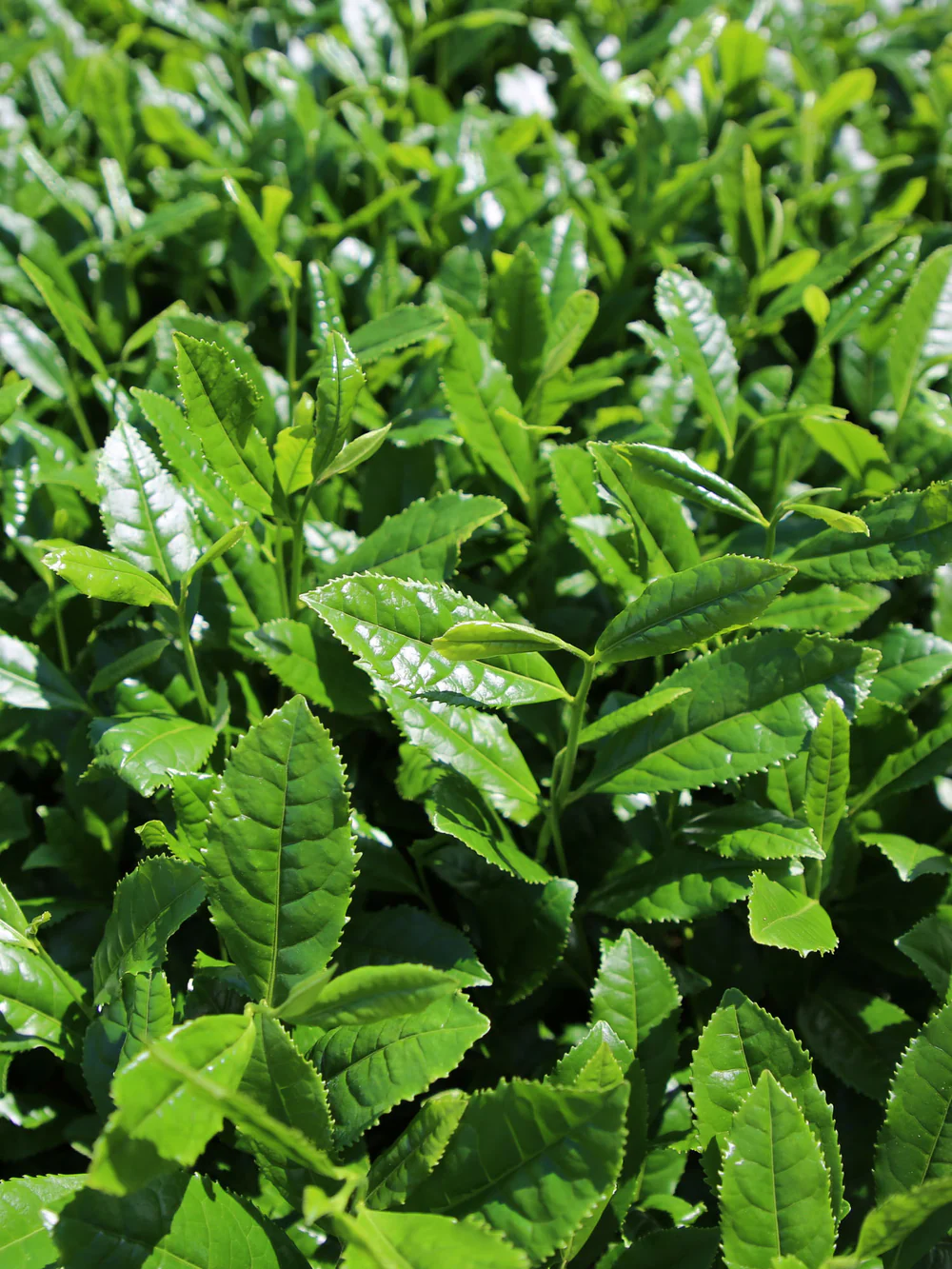
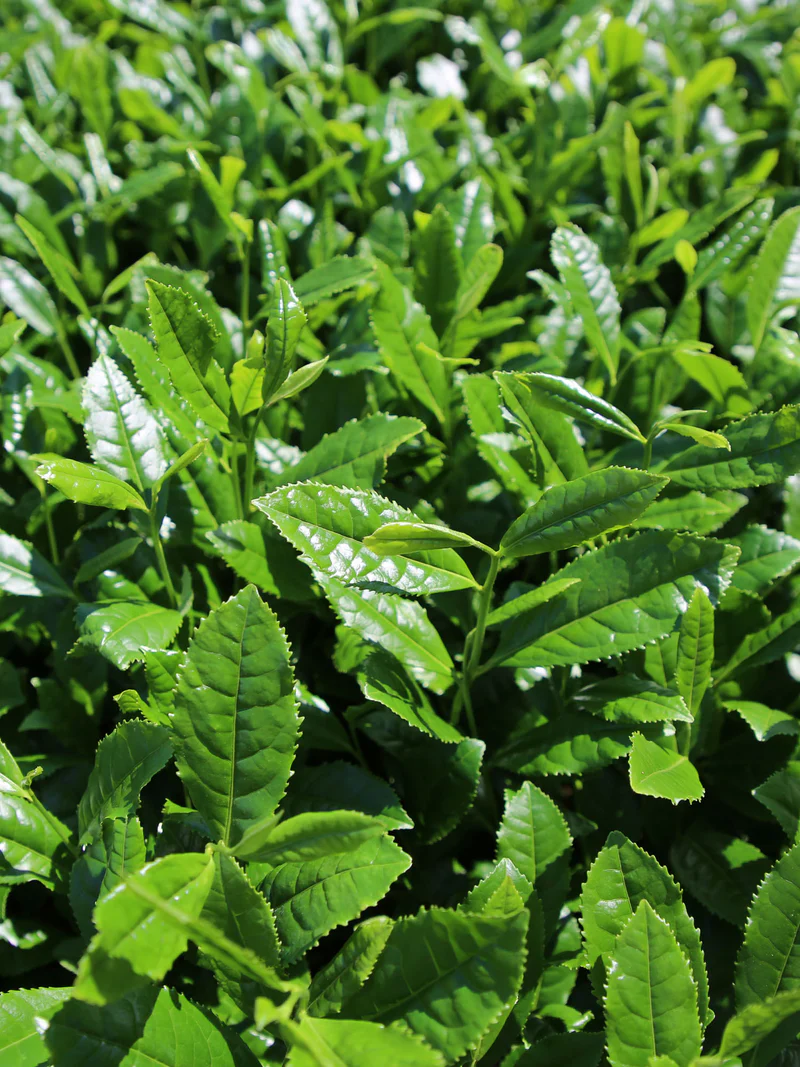
Customer Favorites
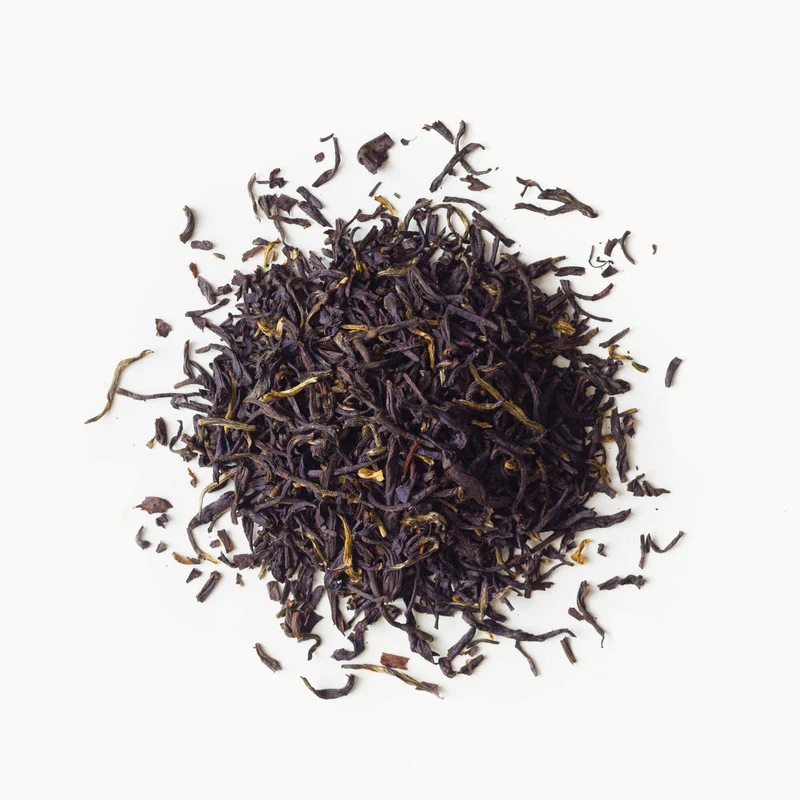
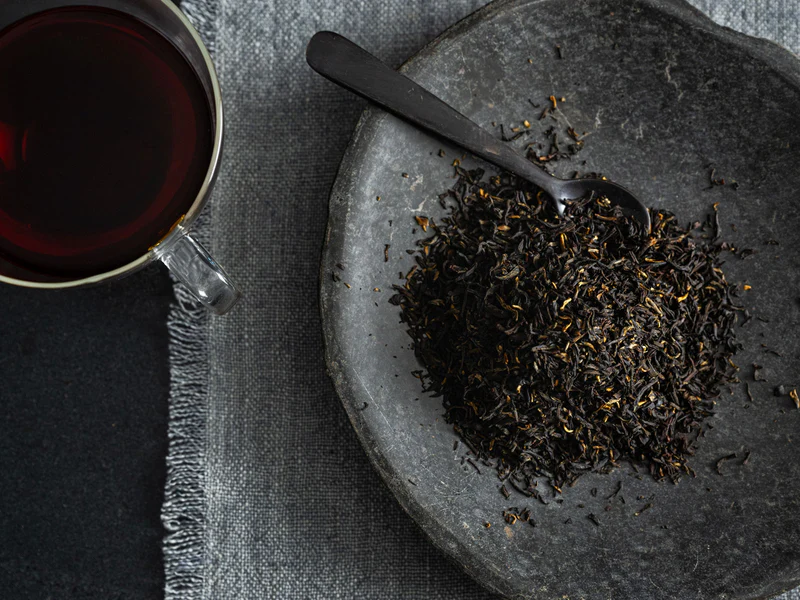

Earl Grey Supreme

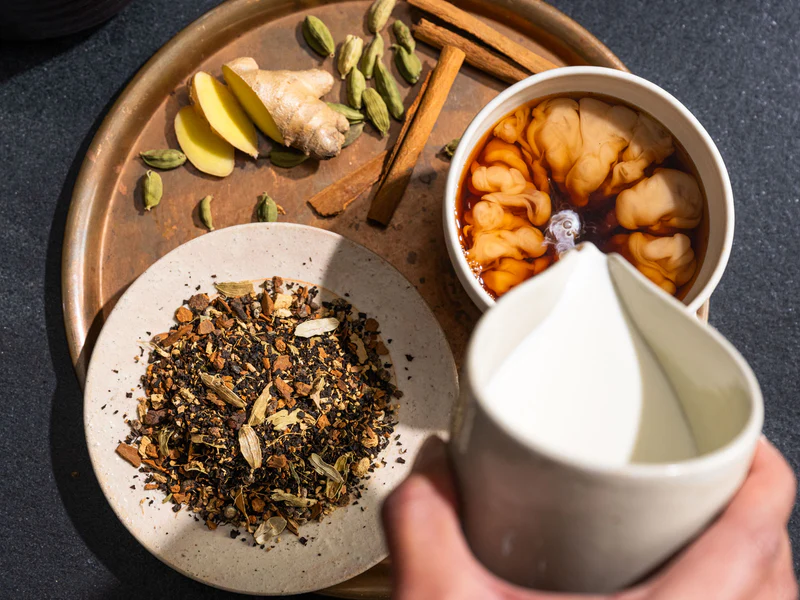

Masala Chai



Jasmine

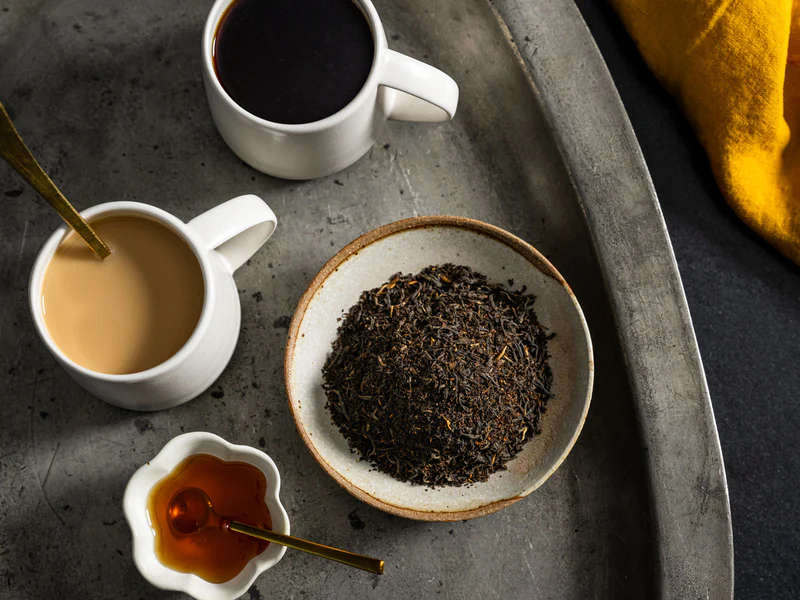

English Breakfast
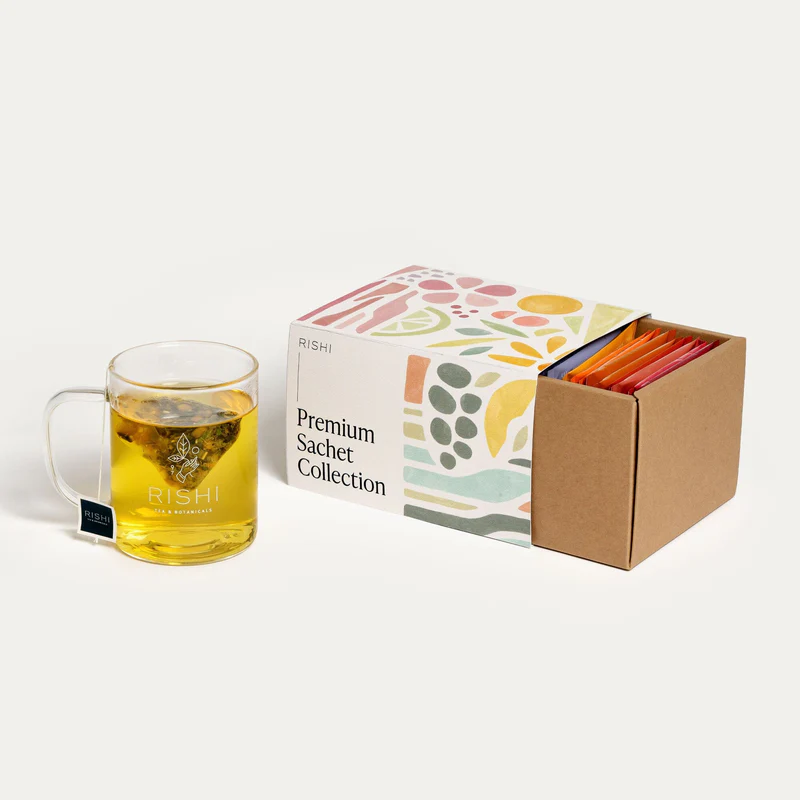
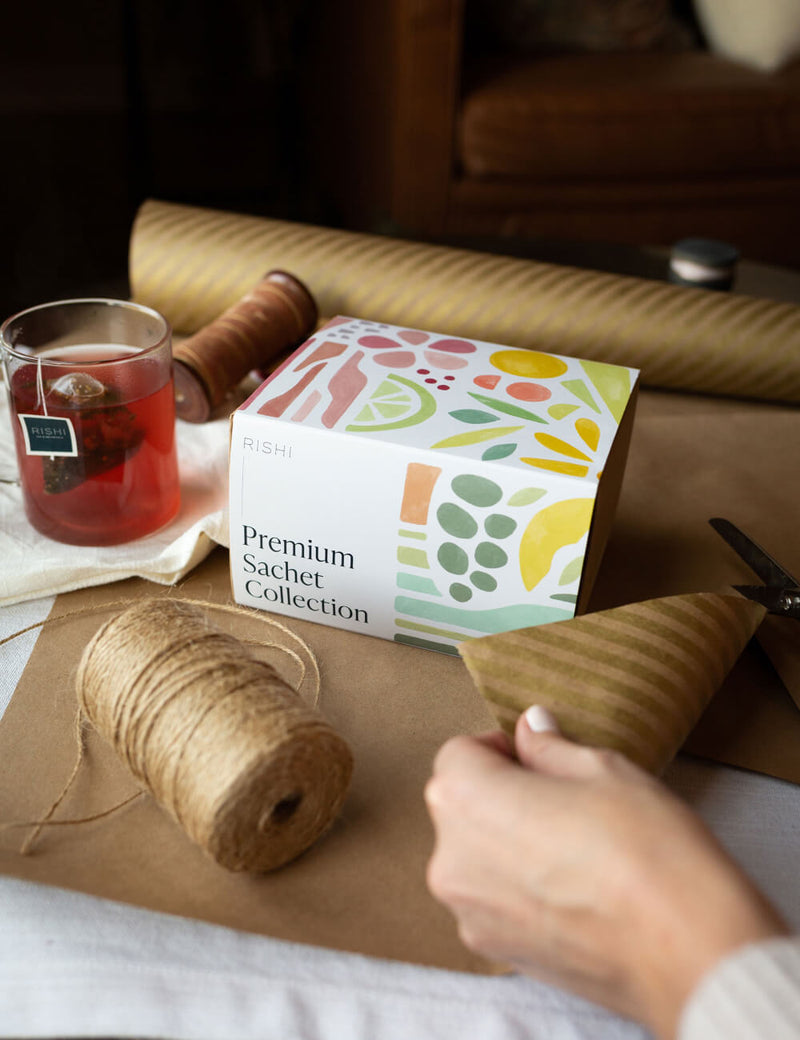

Premium Sachet Collection



Barista Matcha

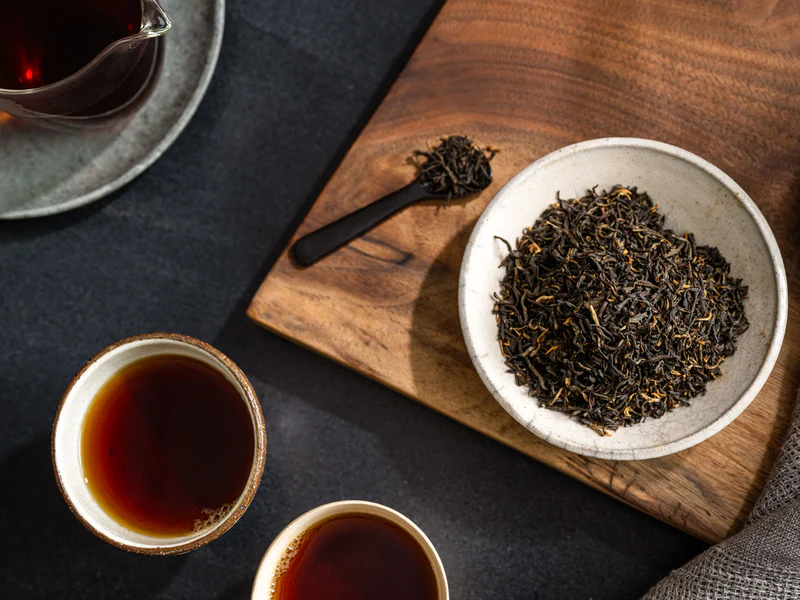

Golden Yunnan

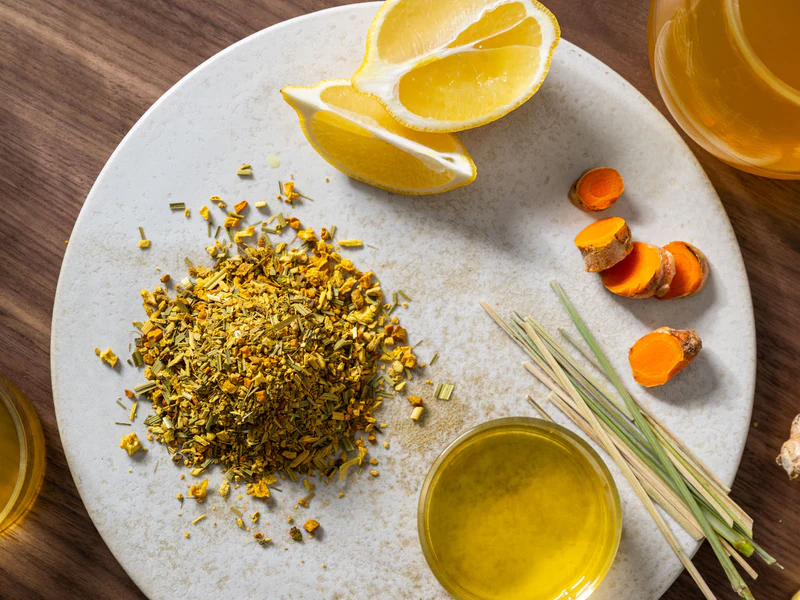

Turmeric Ginger

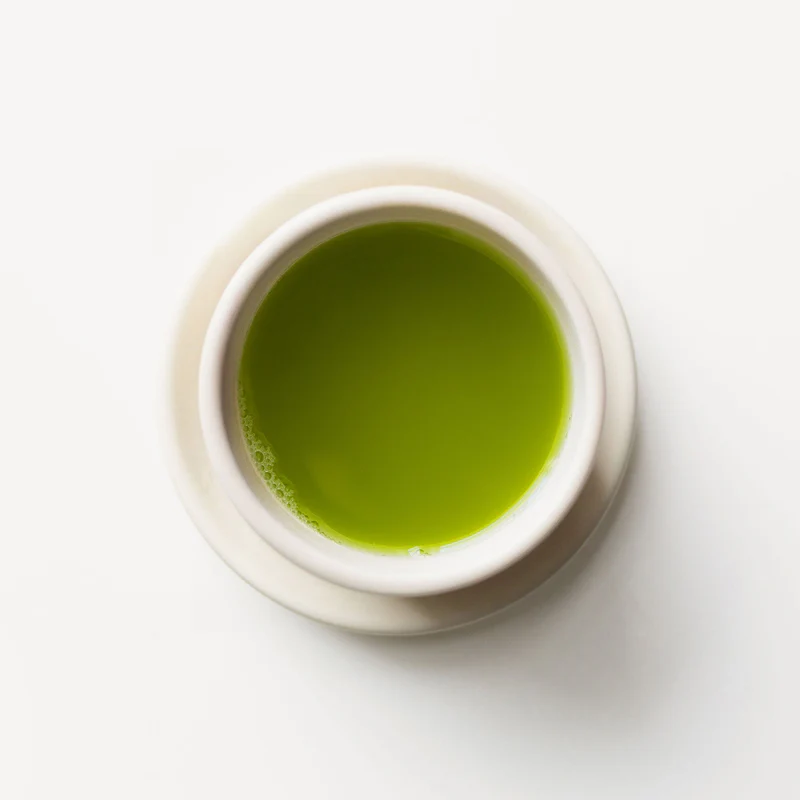

Matcha Super Green

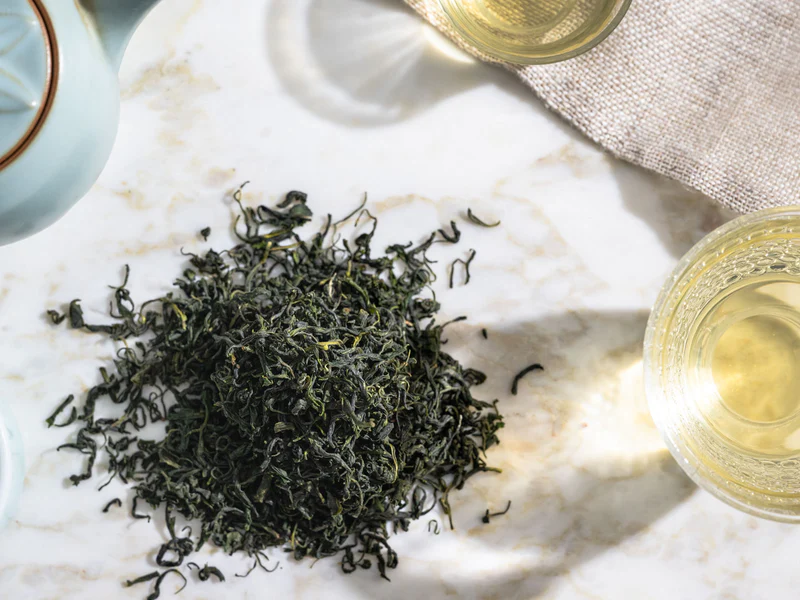
Jade Cloud
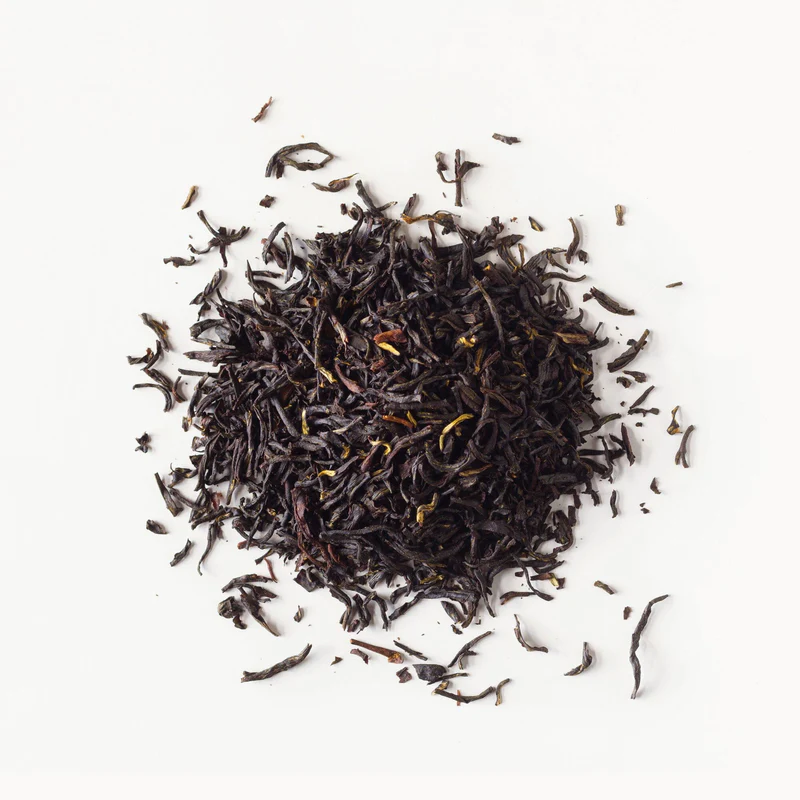

Earl Grey

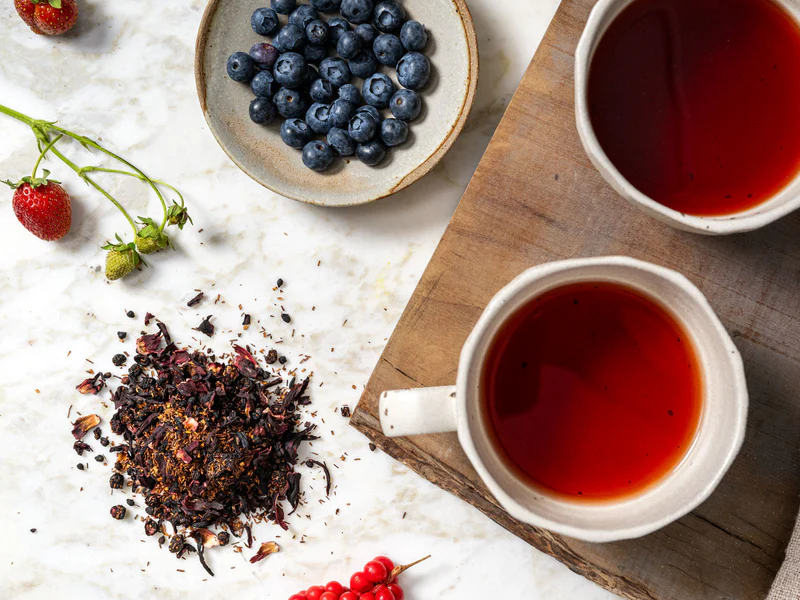
Blueberry Rooibos
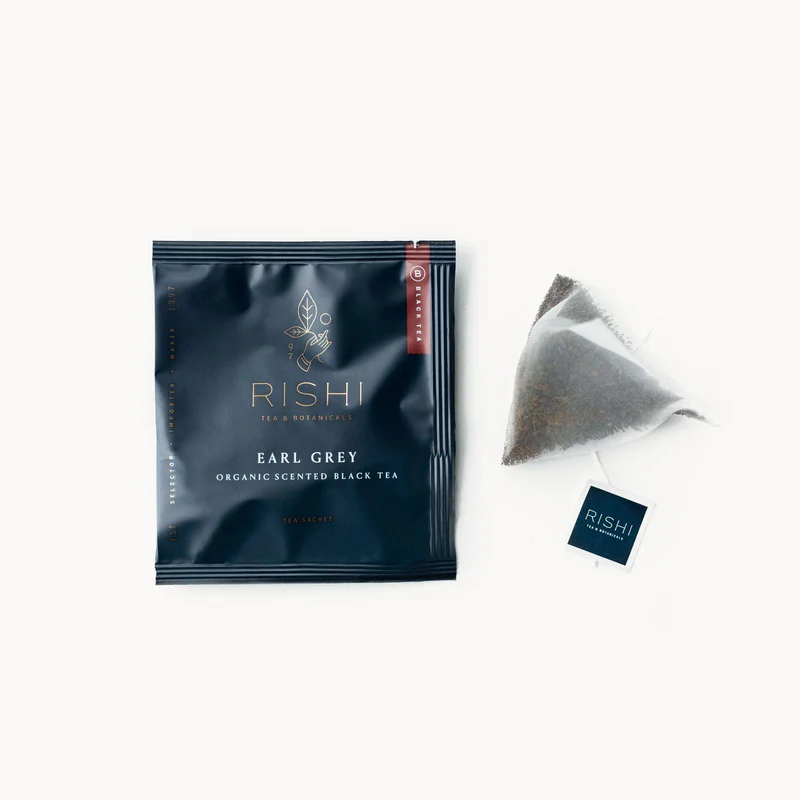
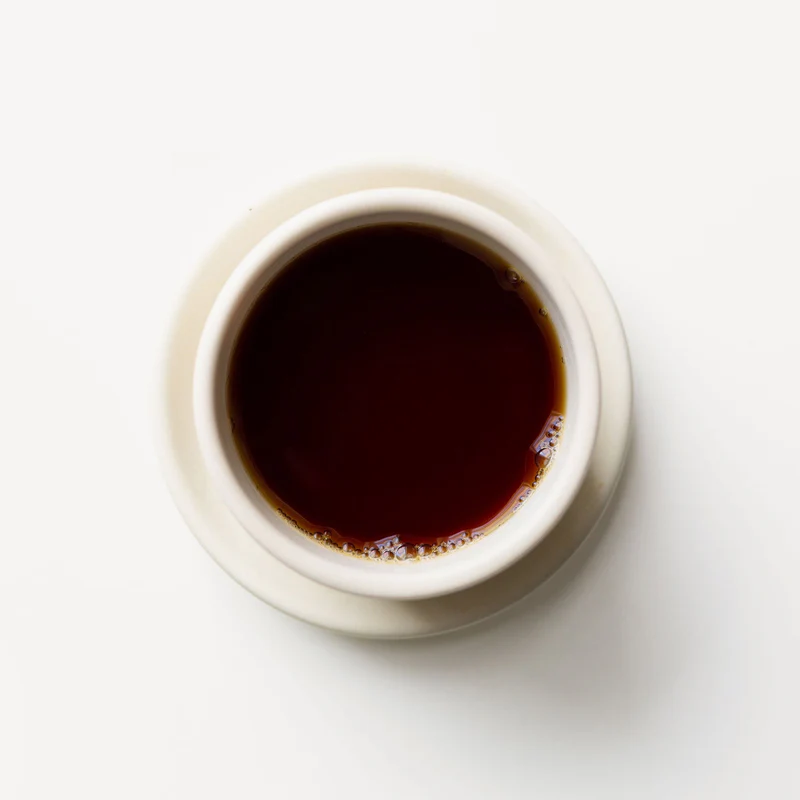
Earl Grey
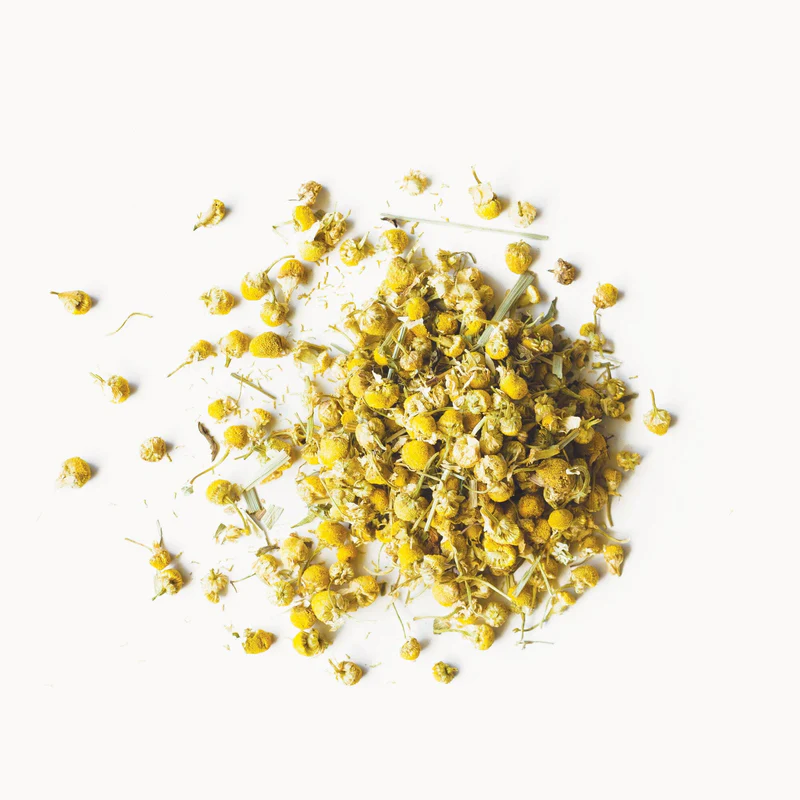
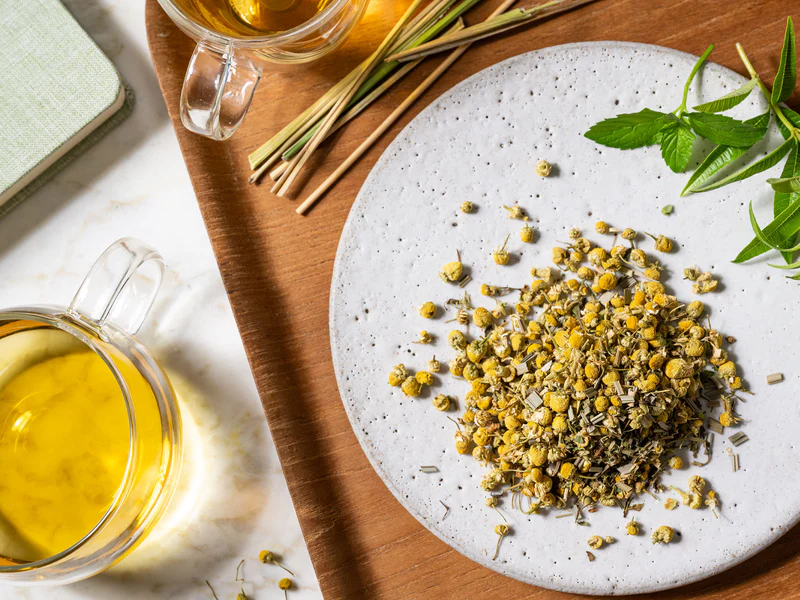
Chamomile Medley
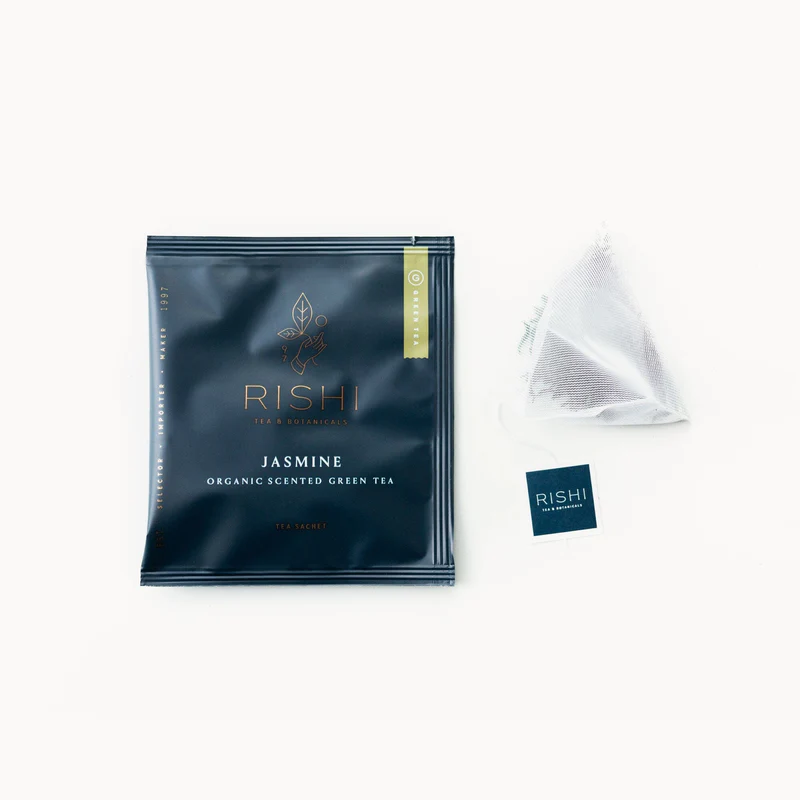

Jasmine

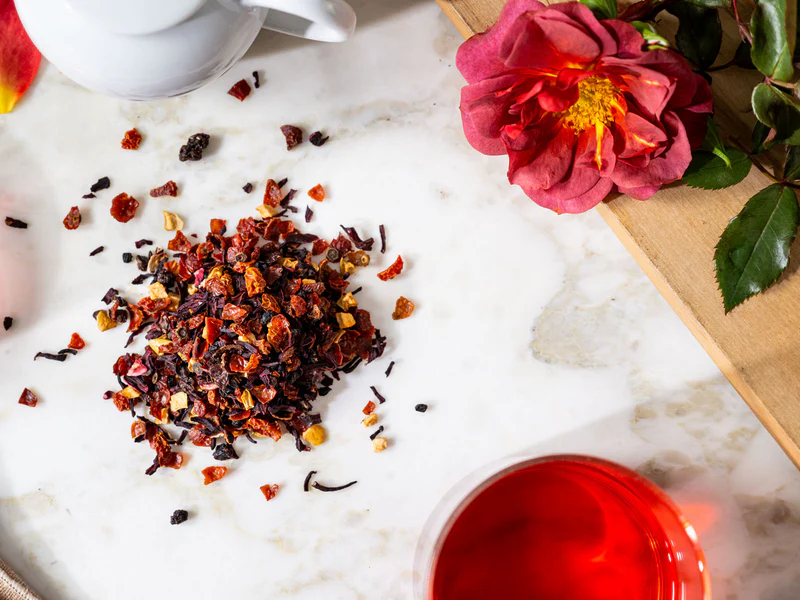
Hibiscus Berry
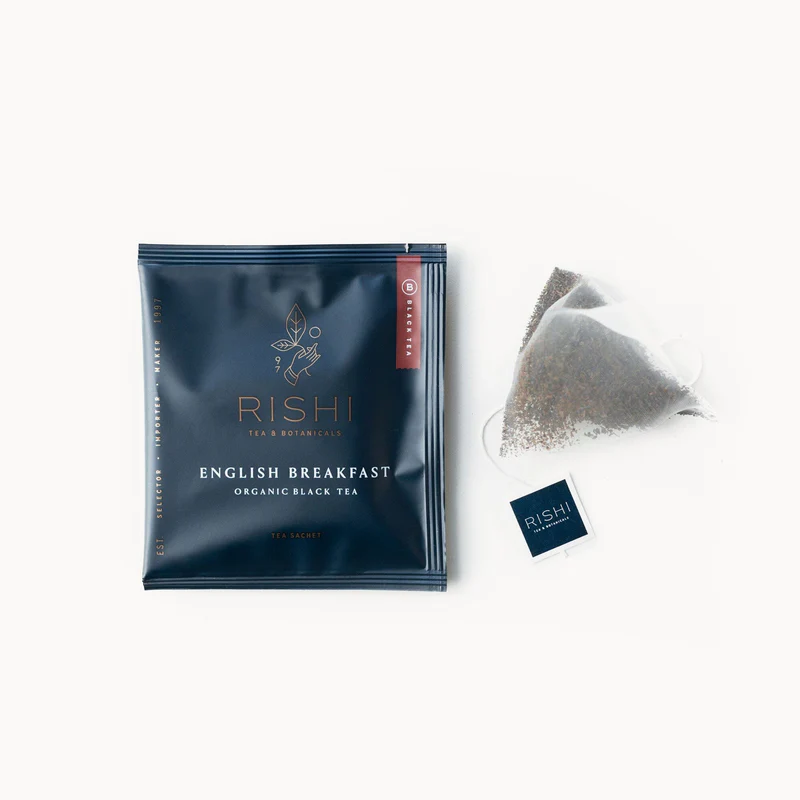
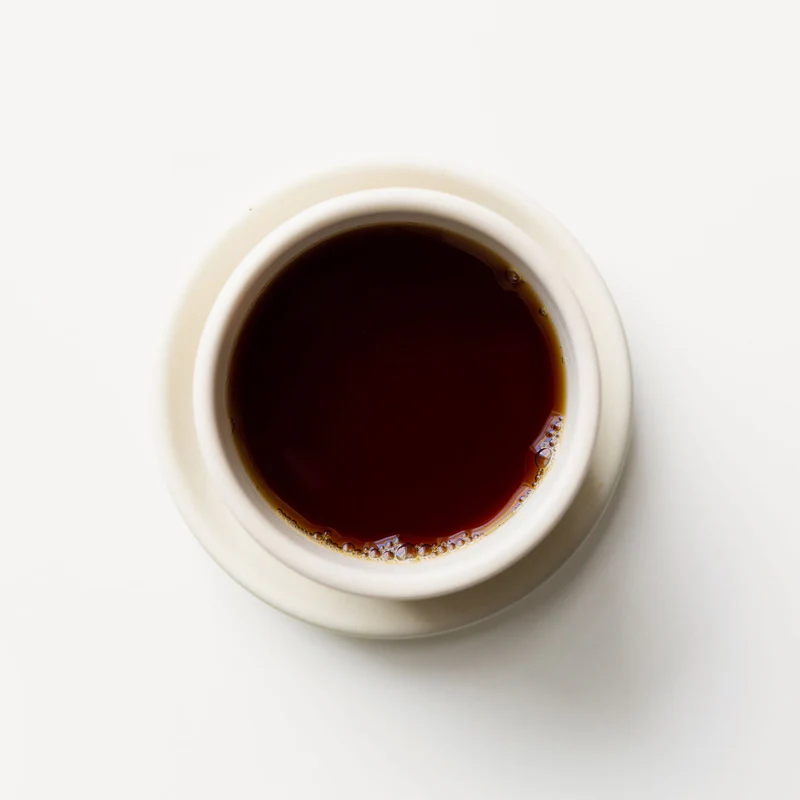

English Breakfast

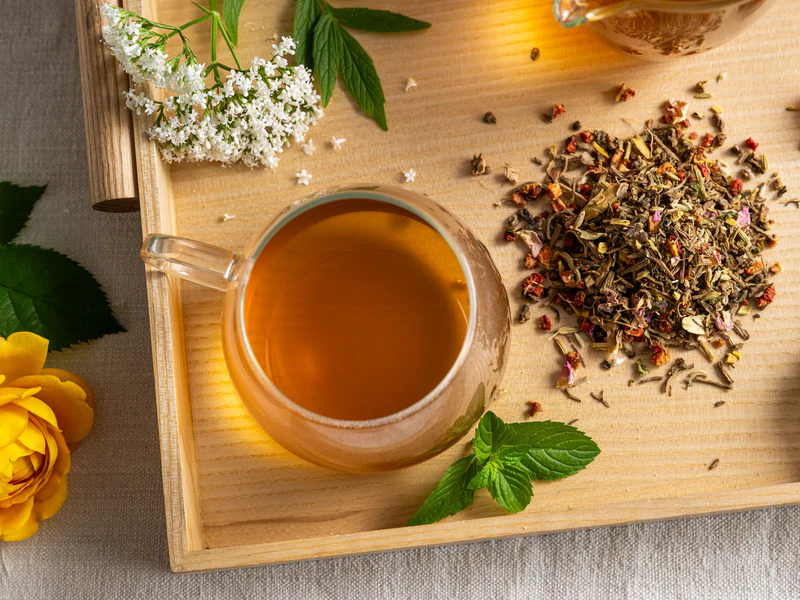
Valerian Dream
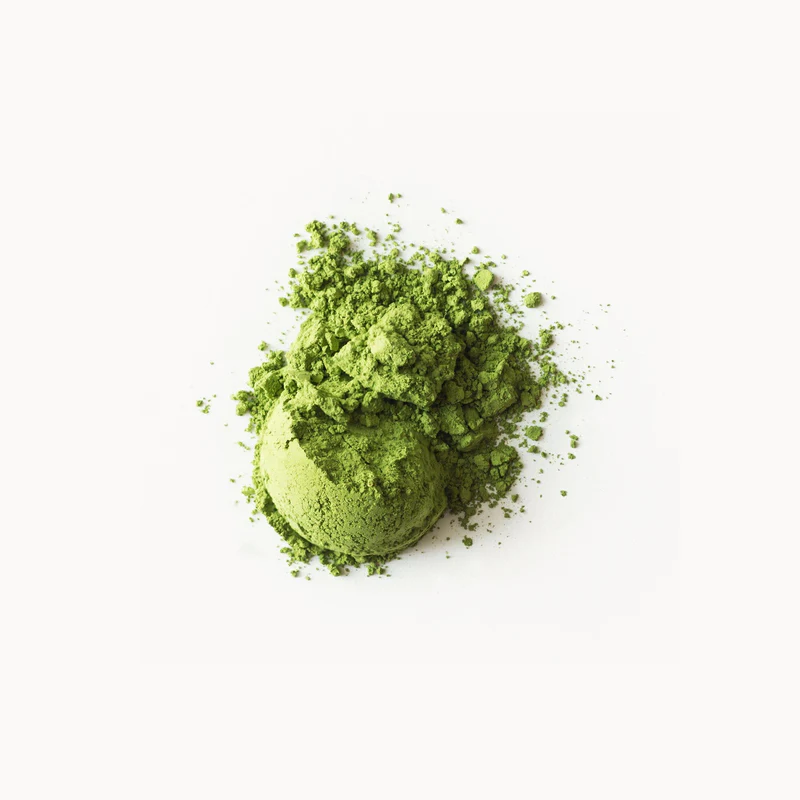
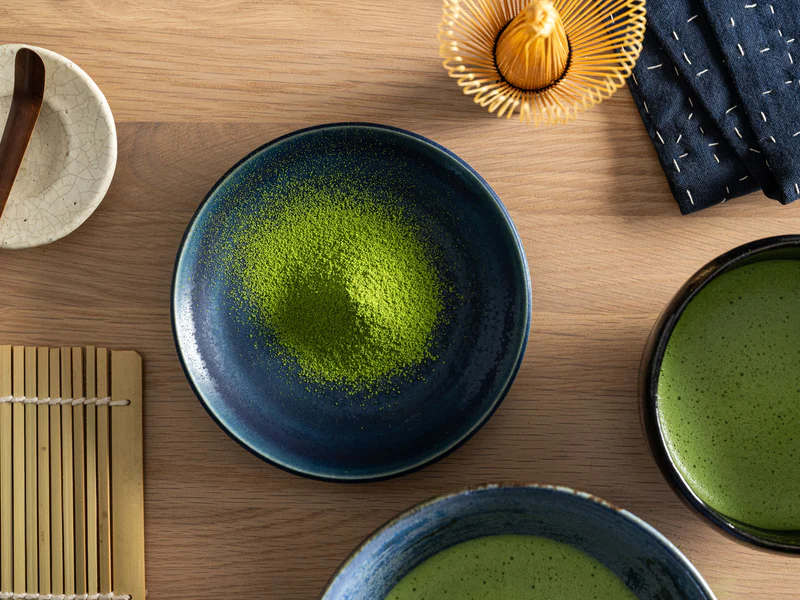

Teahouse Matcha

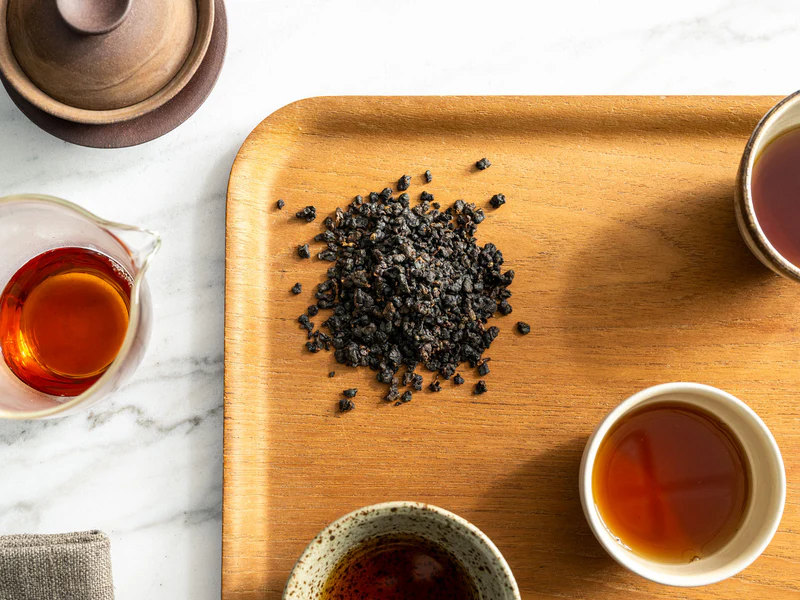

Ruby Oolong

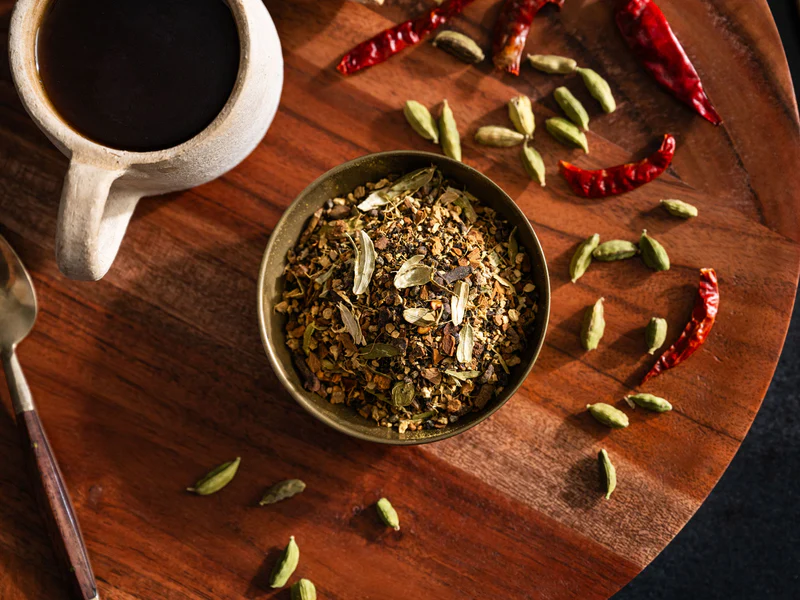
Spicy Masala Chai
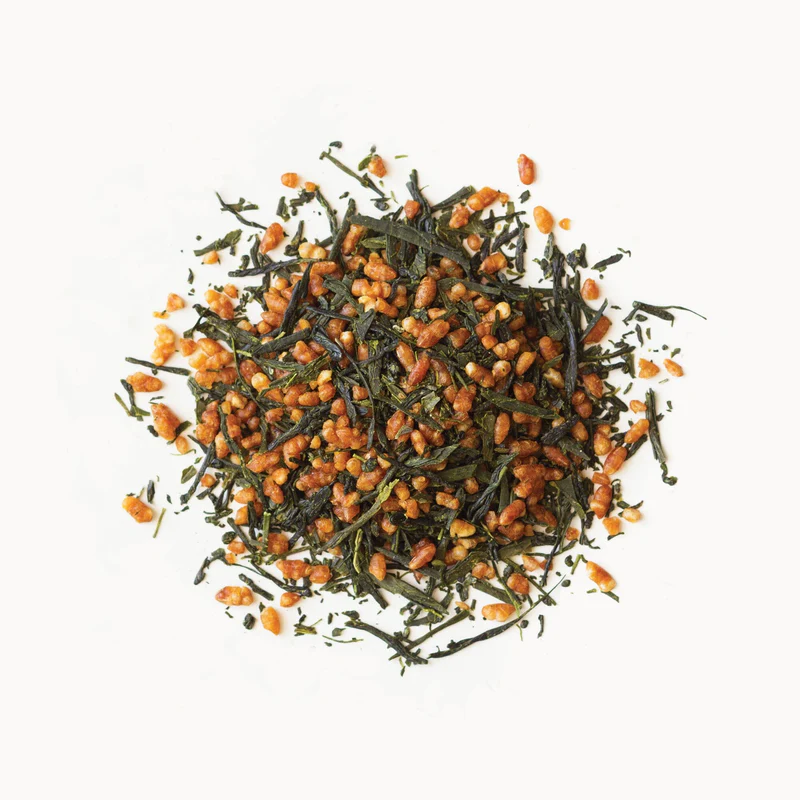
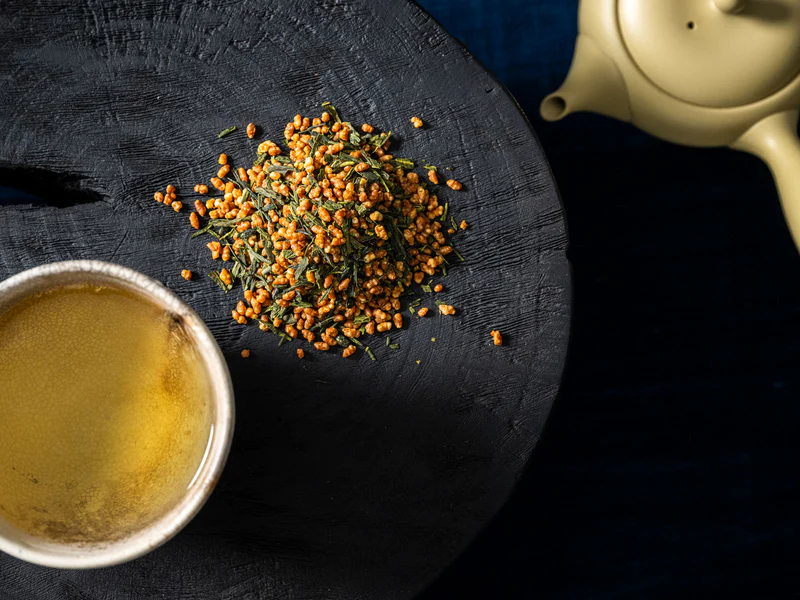
Genmaicha
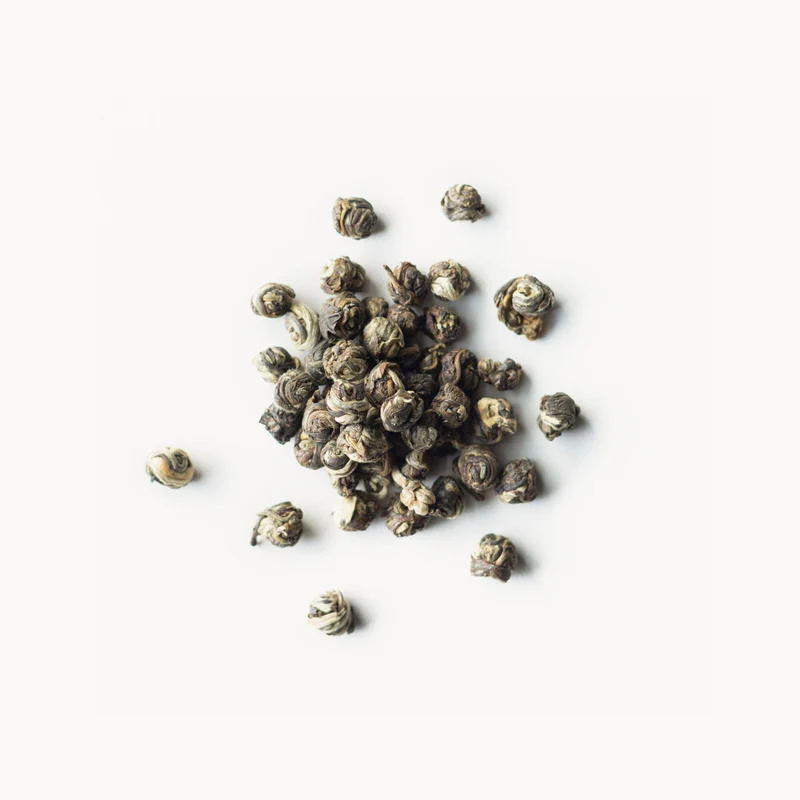
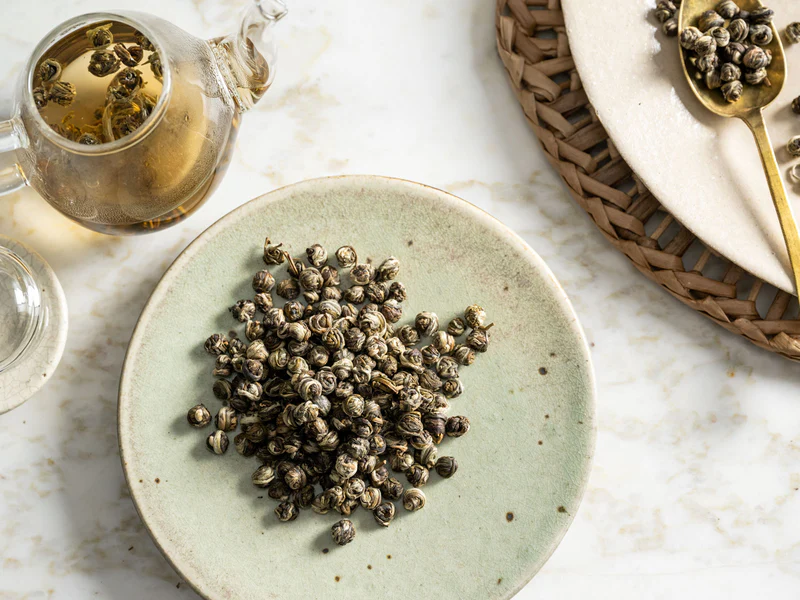
Jasmine Pearls
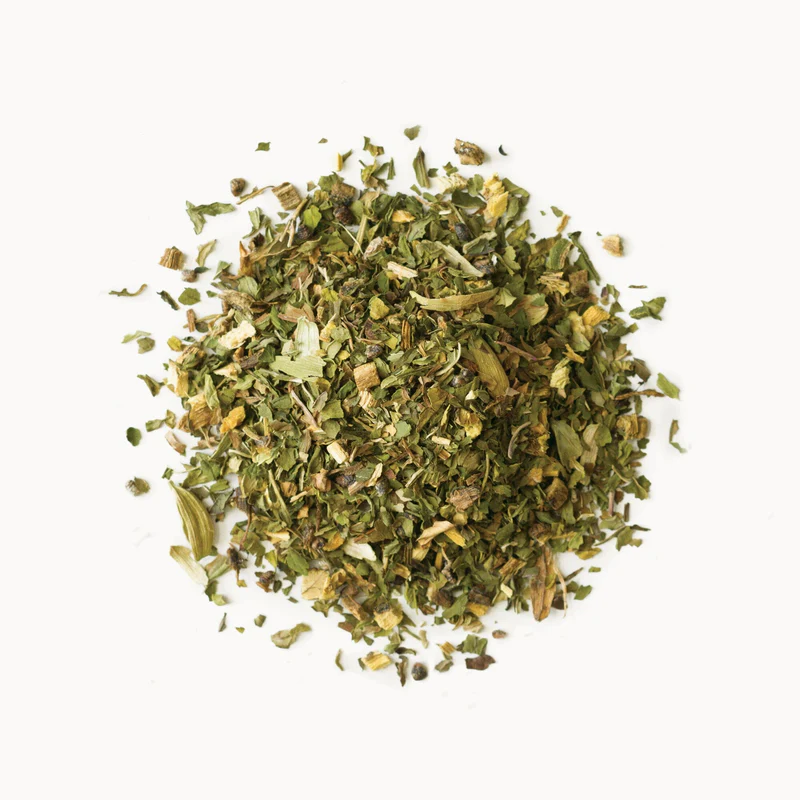
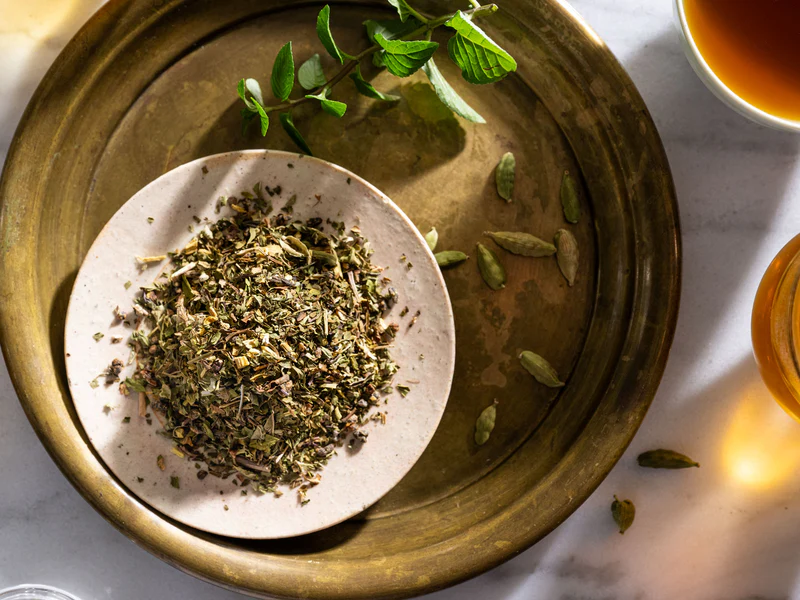
Mystic Mint
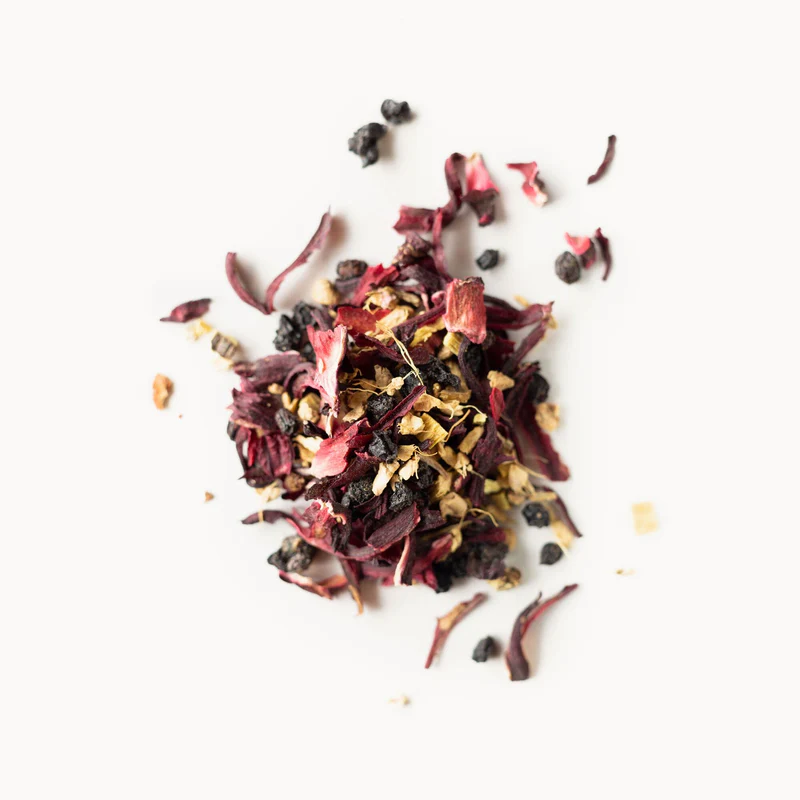
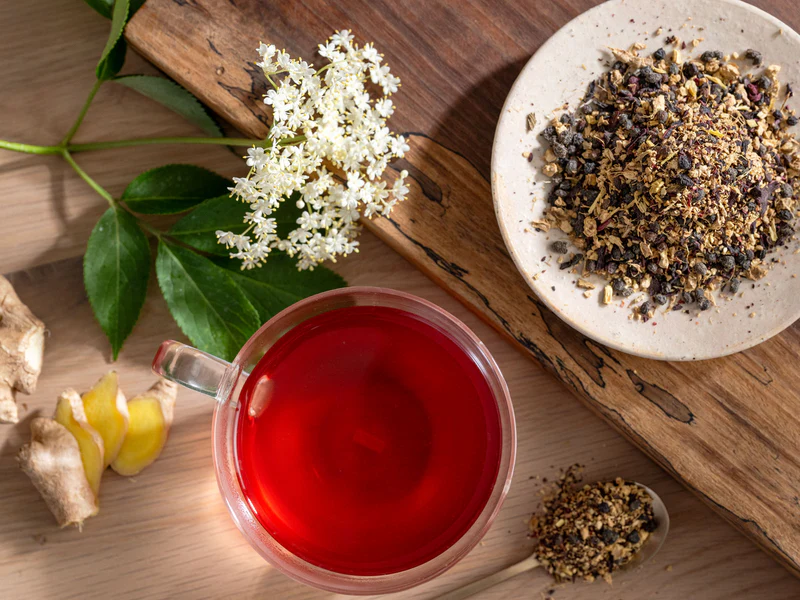
Elderberry Healer
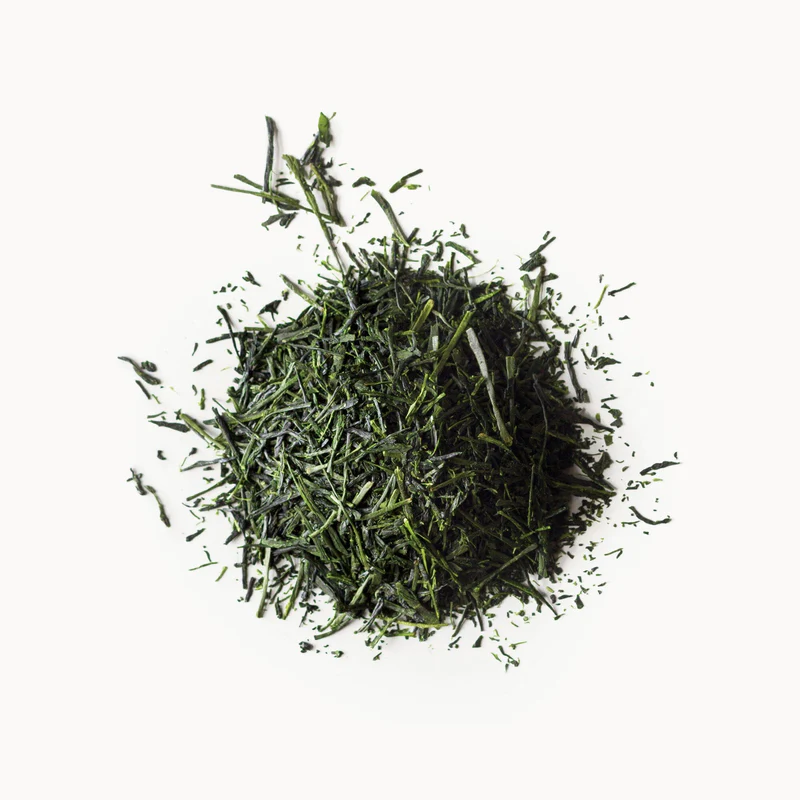


Nishi Sencha First Flush


Orange Blossom
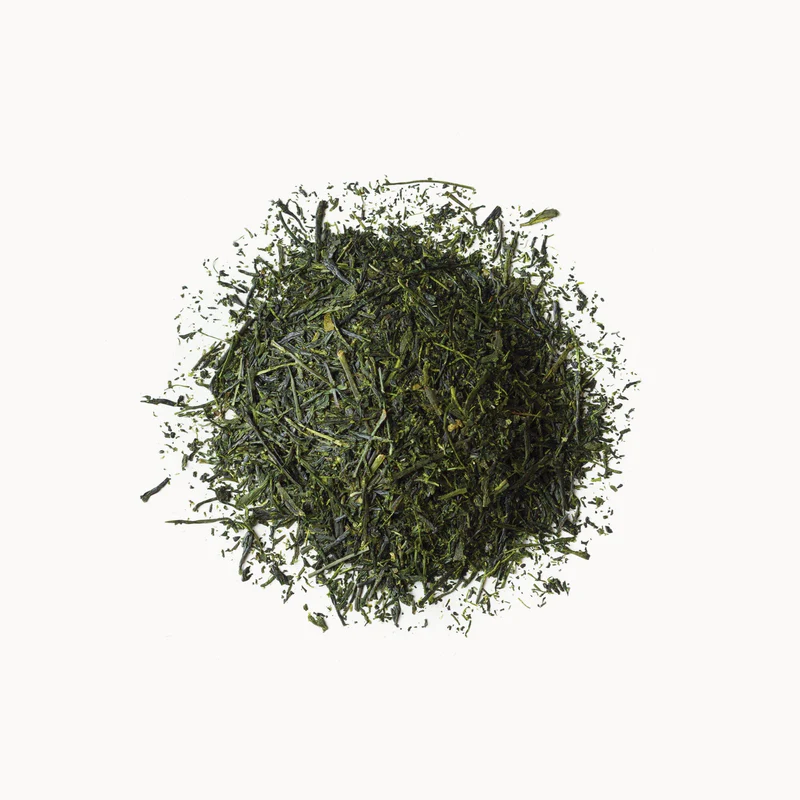
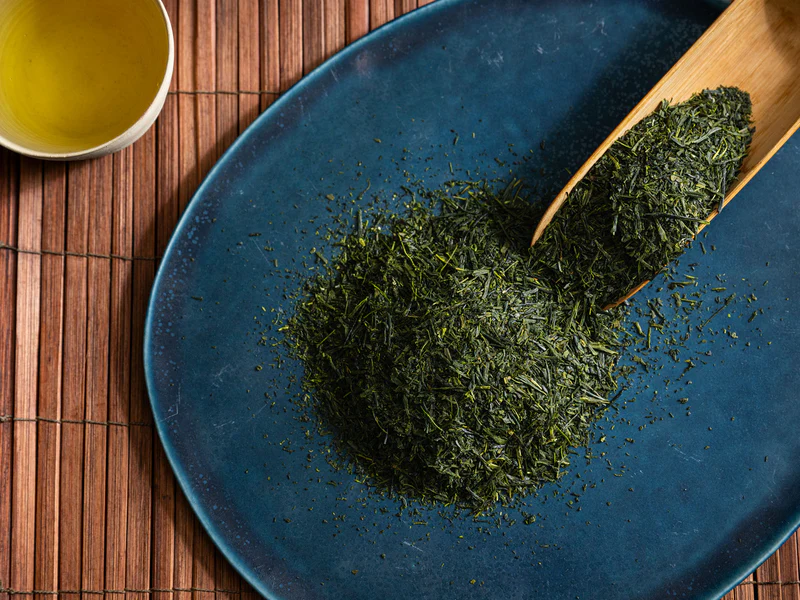
Sencha
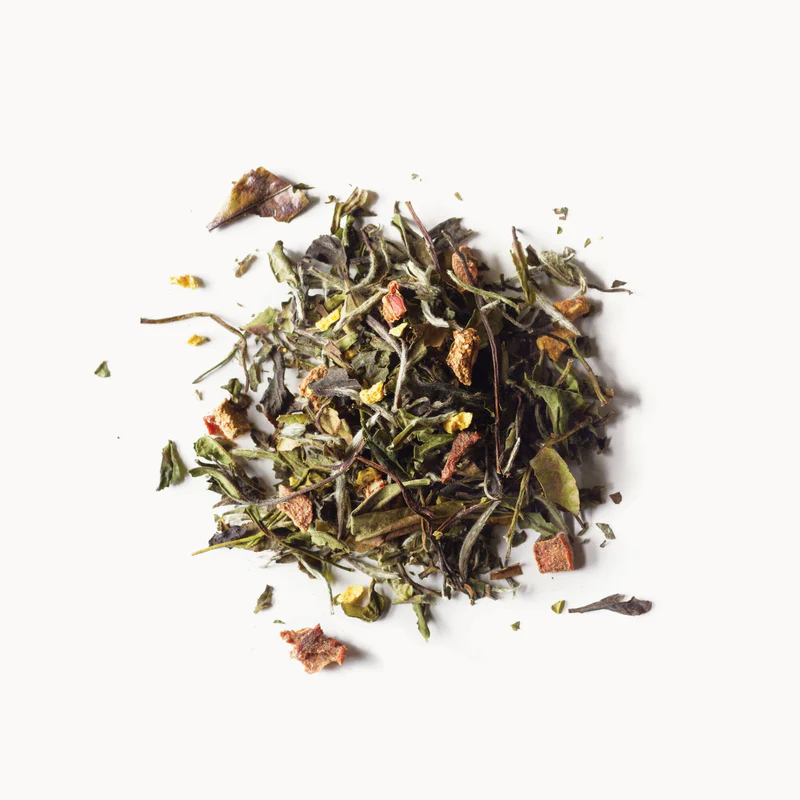
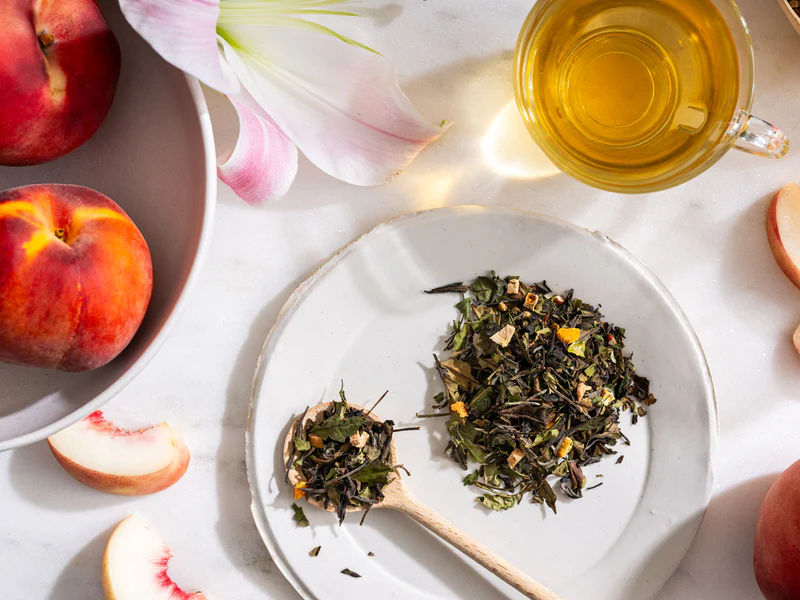
Peach Blossom
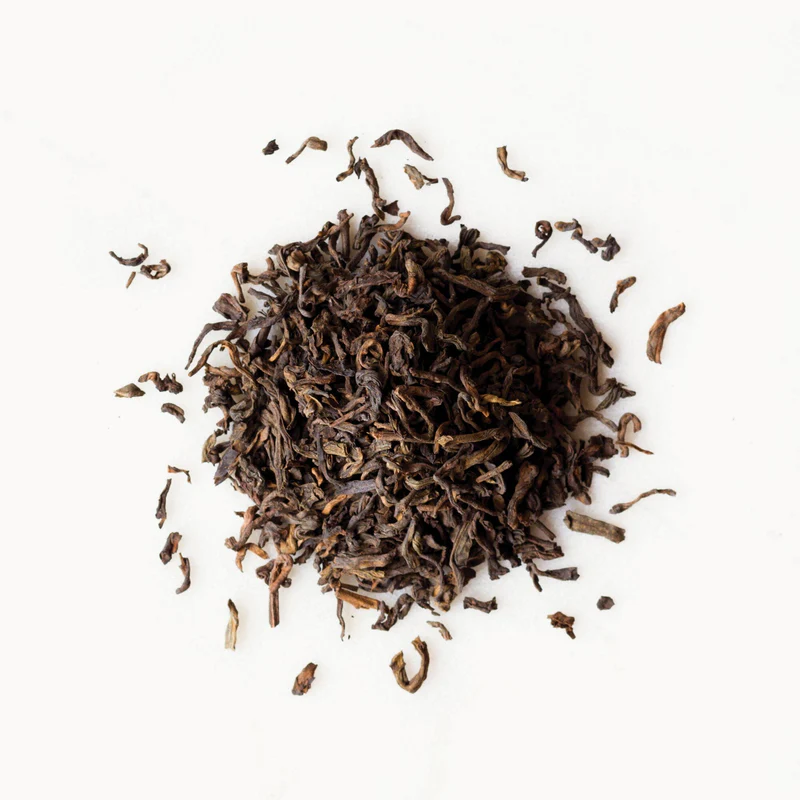

Pu’er Classic
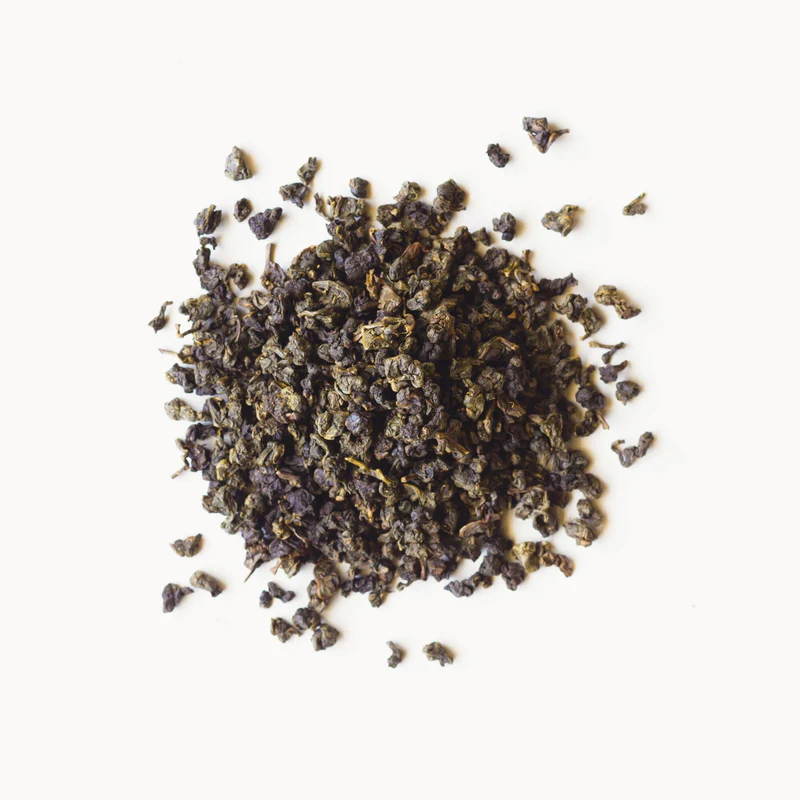
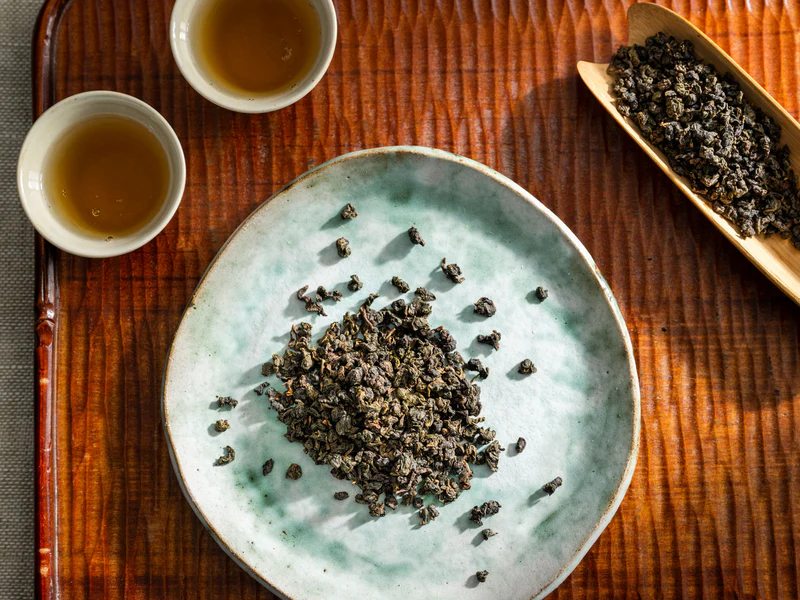

Iron Goddess of Mercy
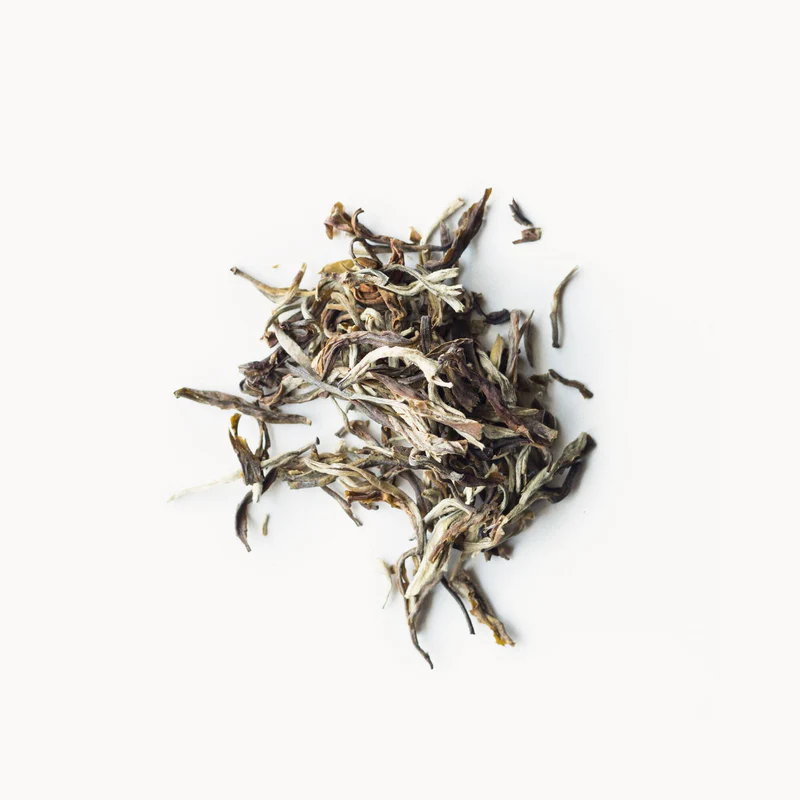
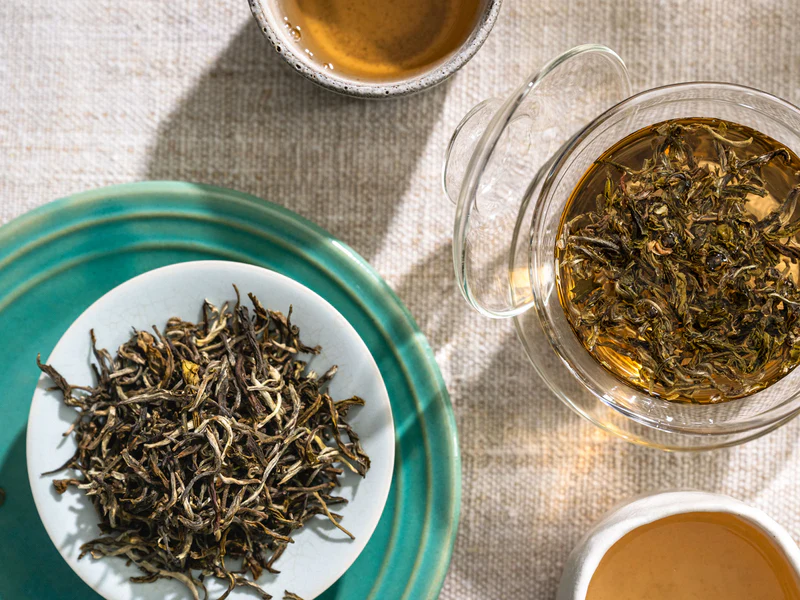
Moonlight Jasmine
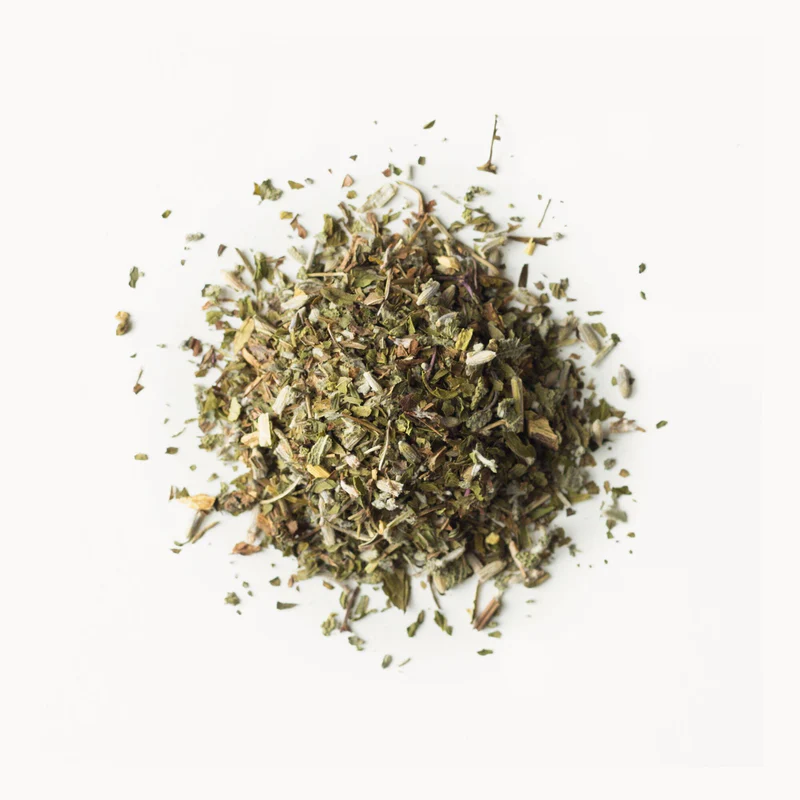
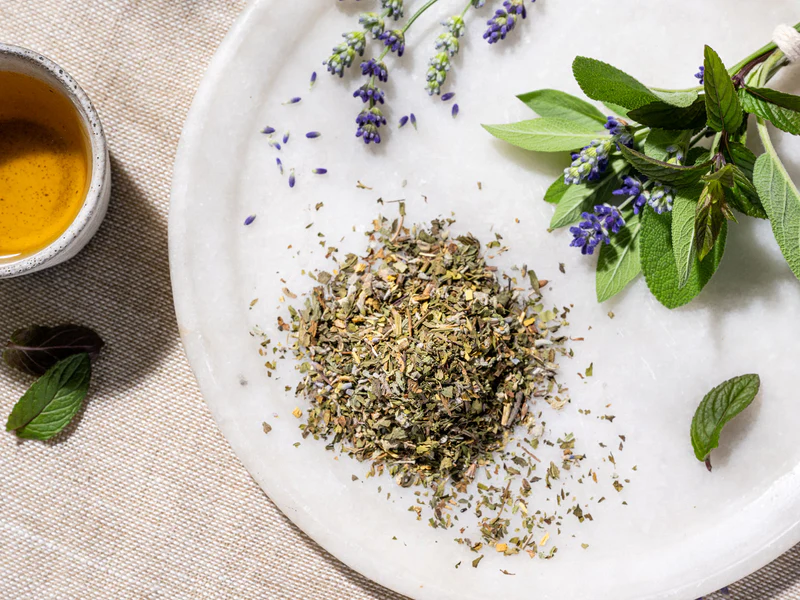
Lavender Mint
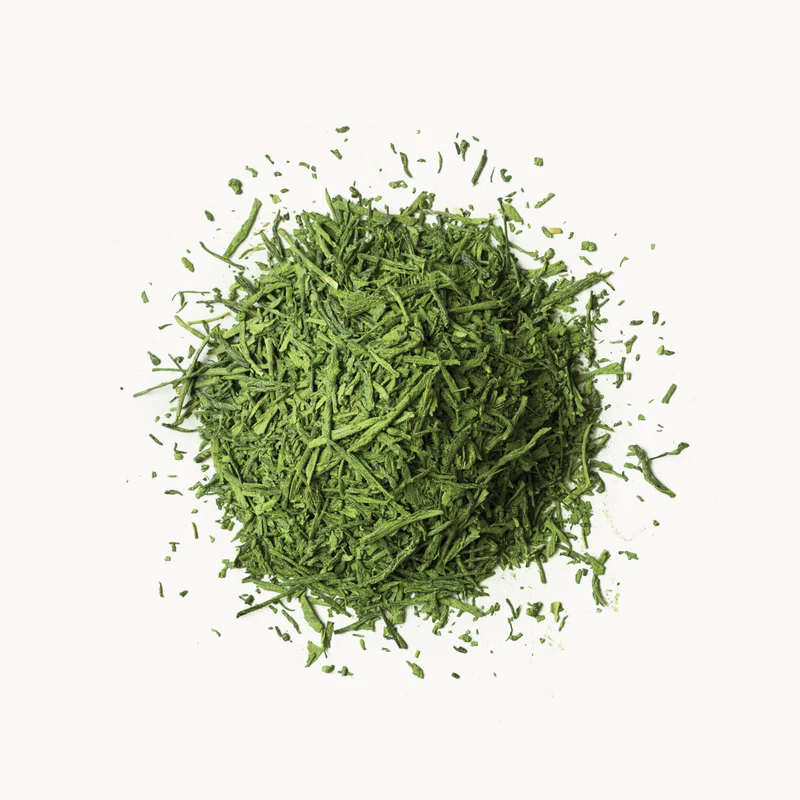
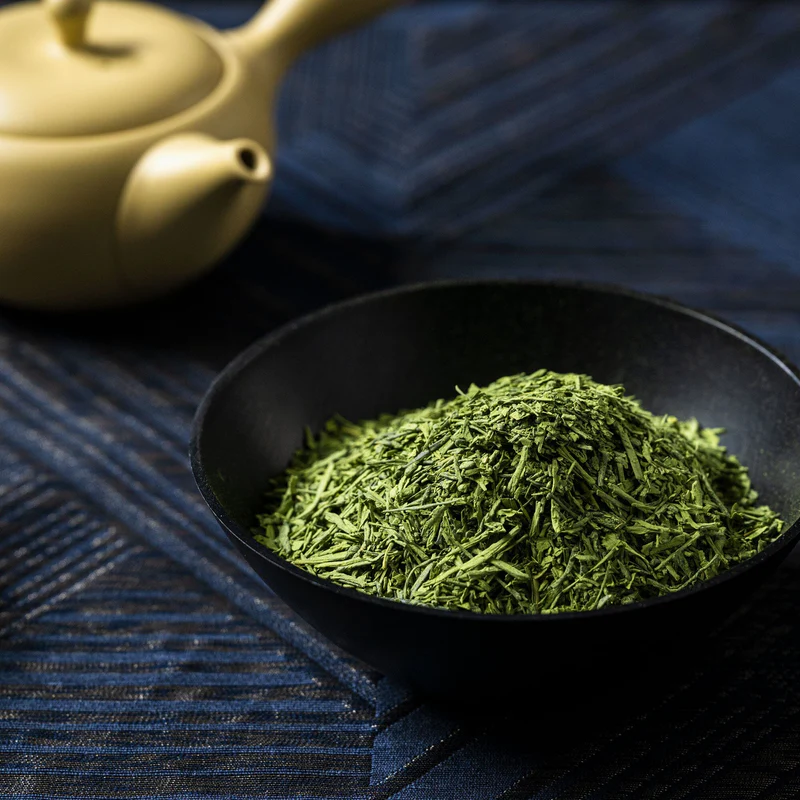

Matcha Super Green
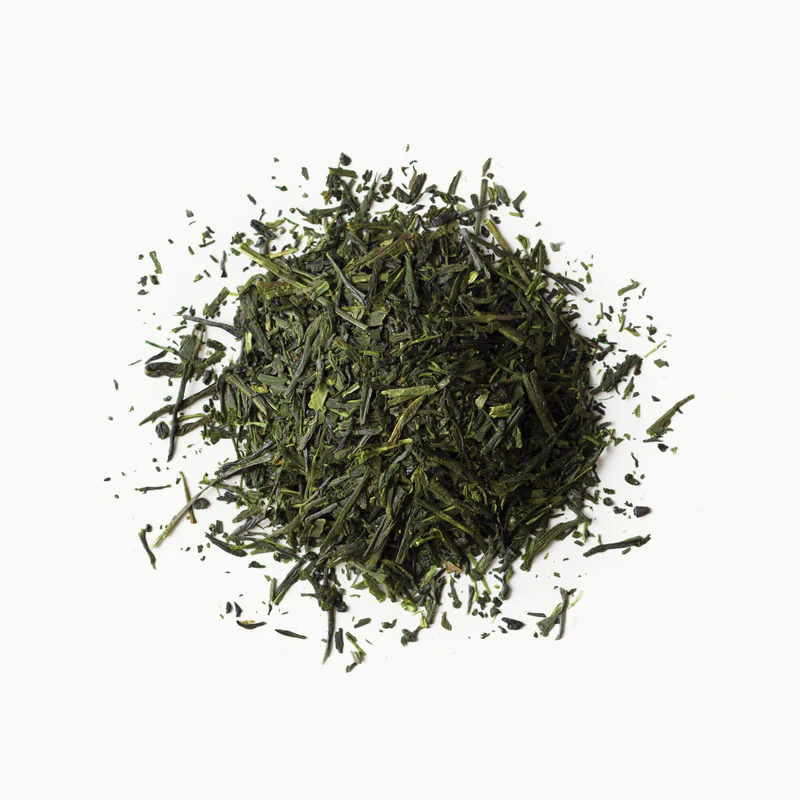
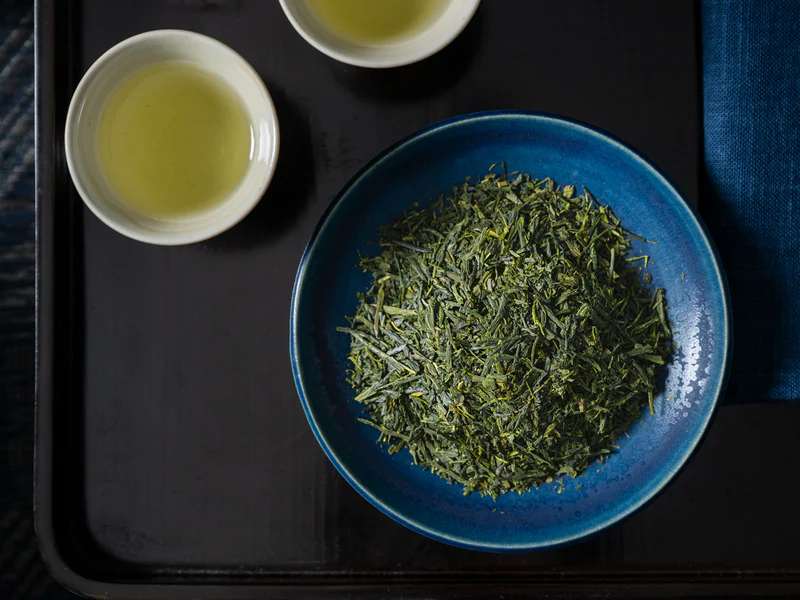
Sencha Superior
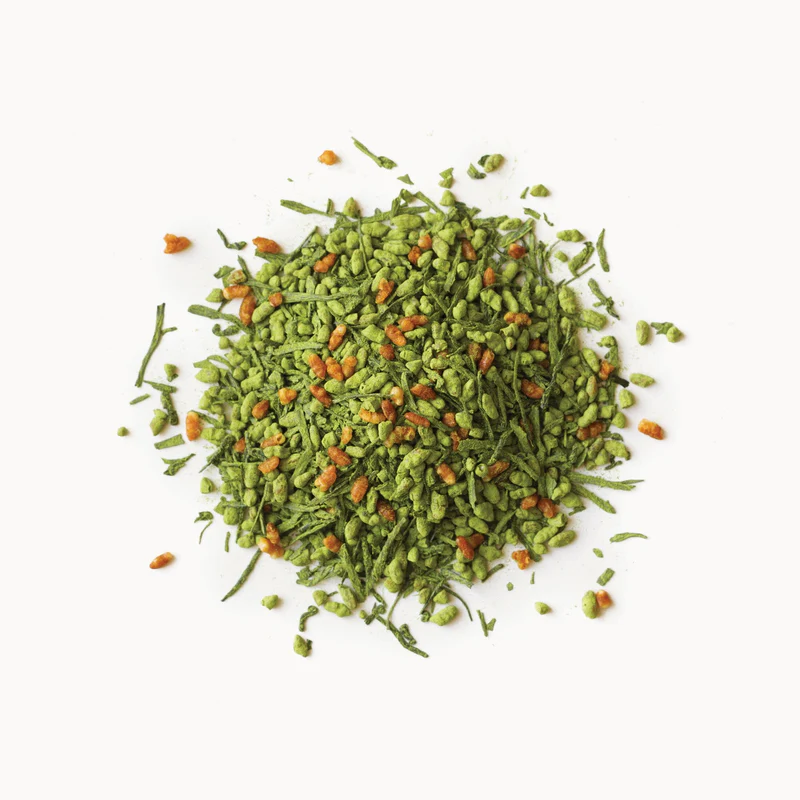


Matcha Genmaicha
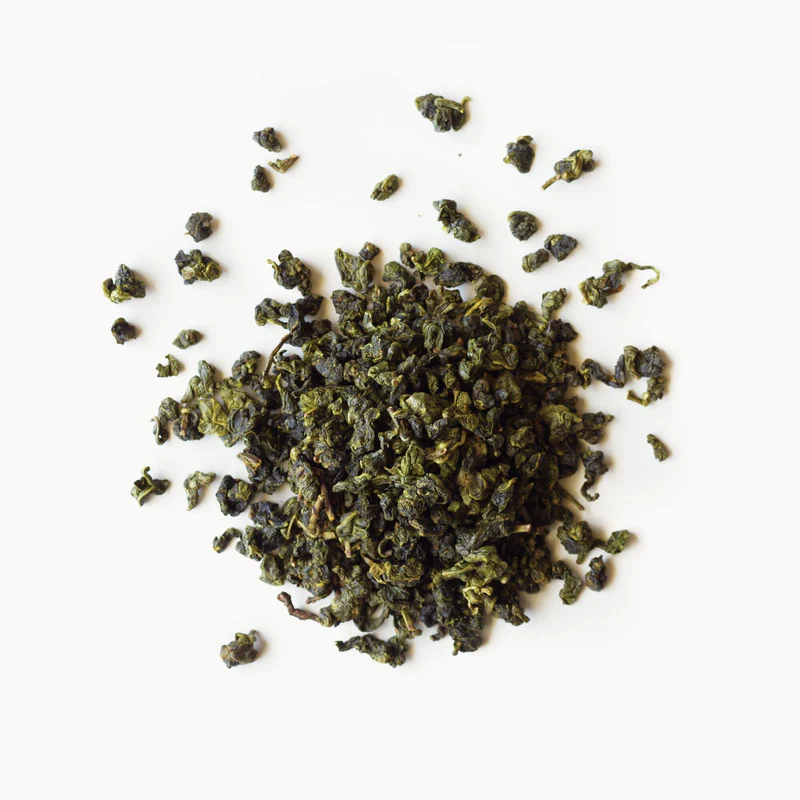
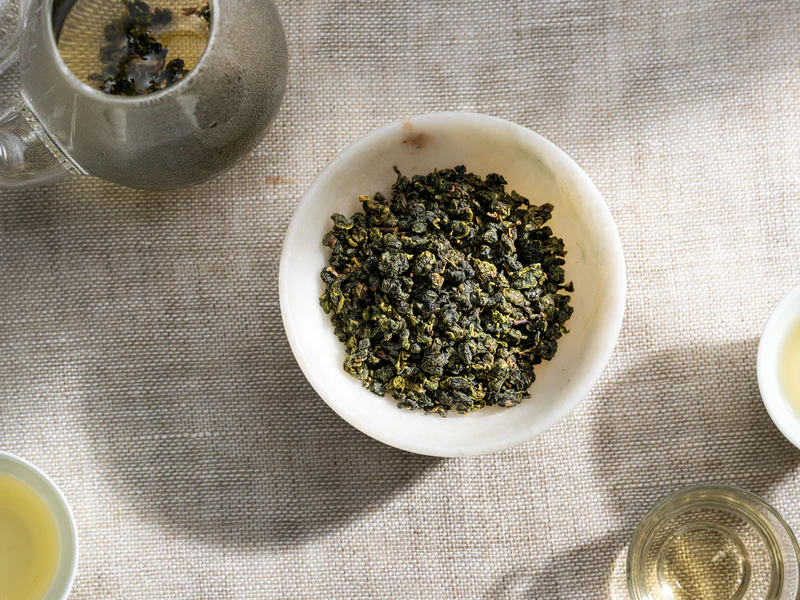
Four Seasons Spring
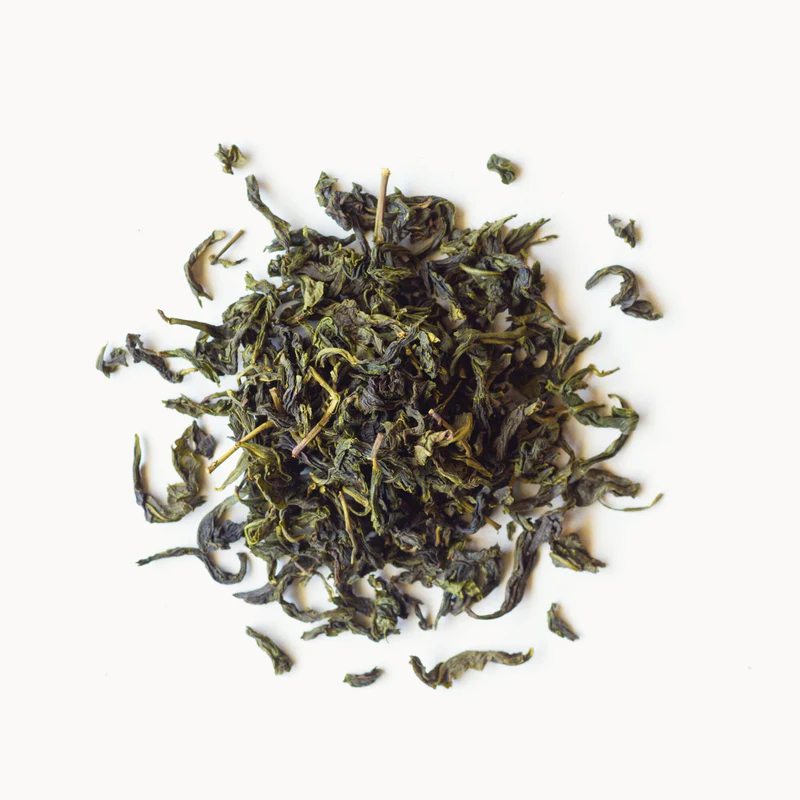
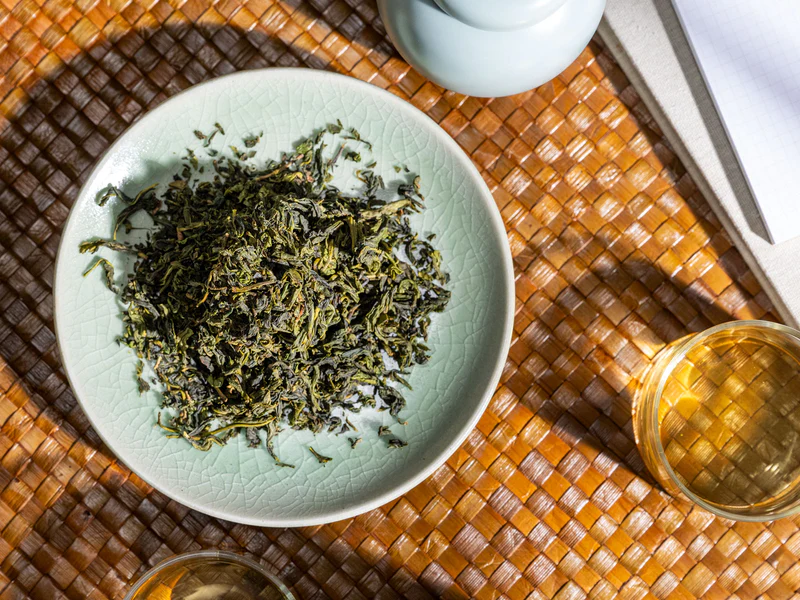
Bergamot Oolong
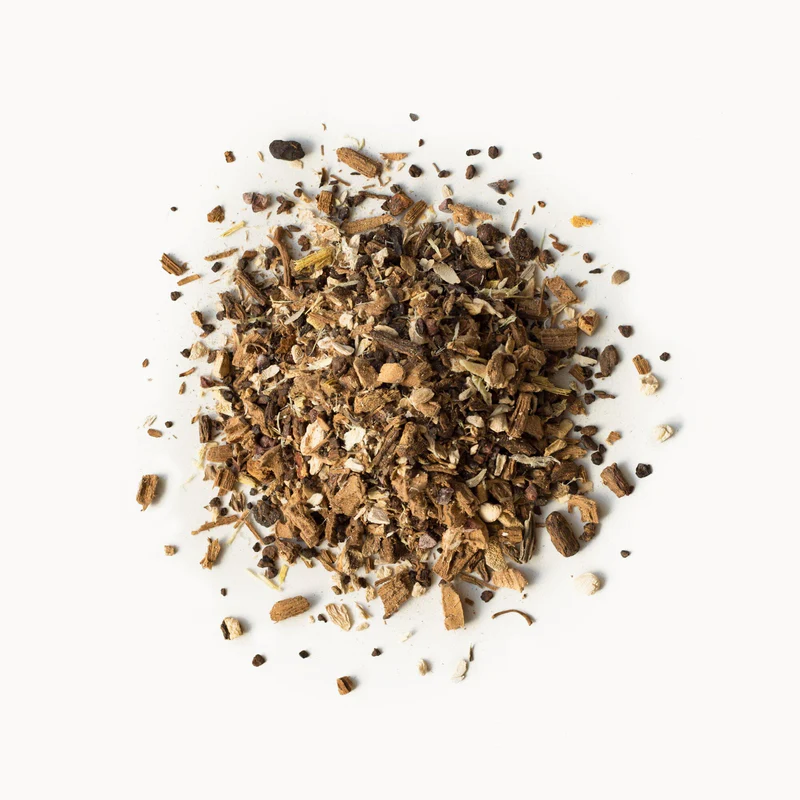
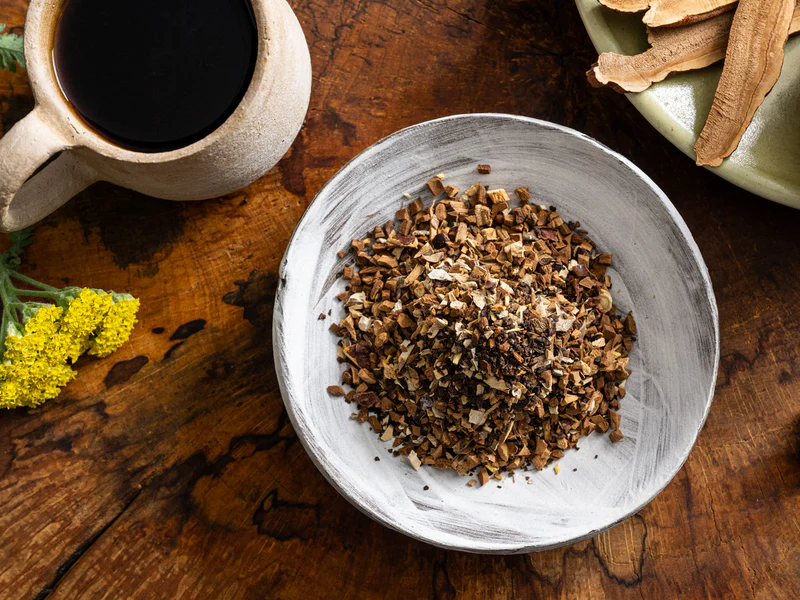
Mushroom Hero
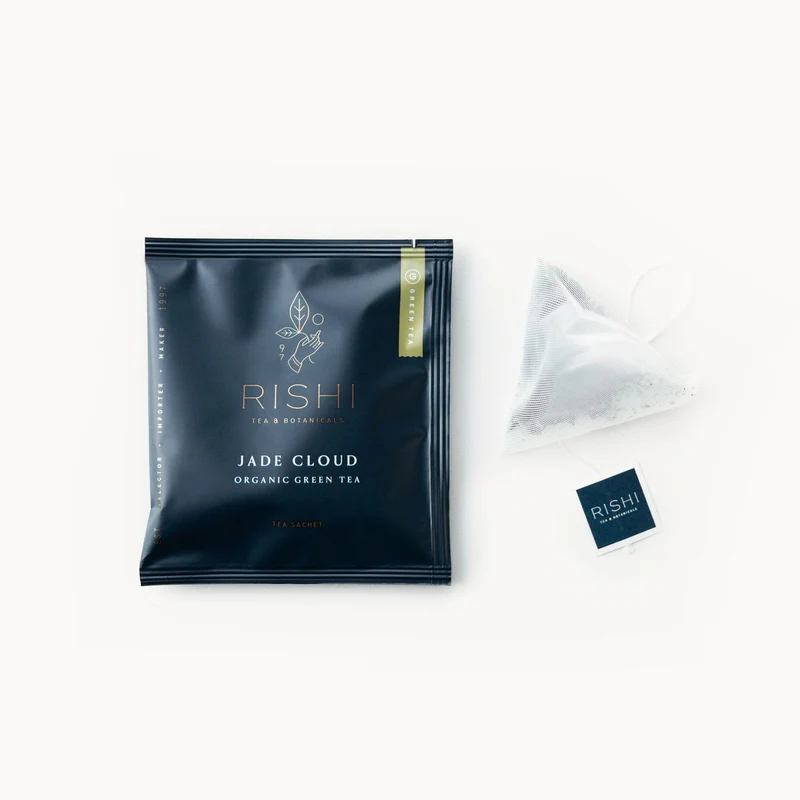
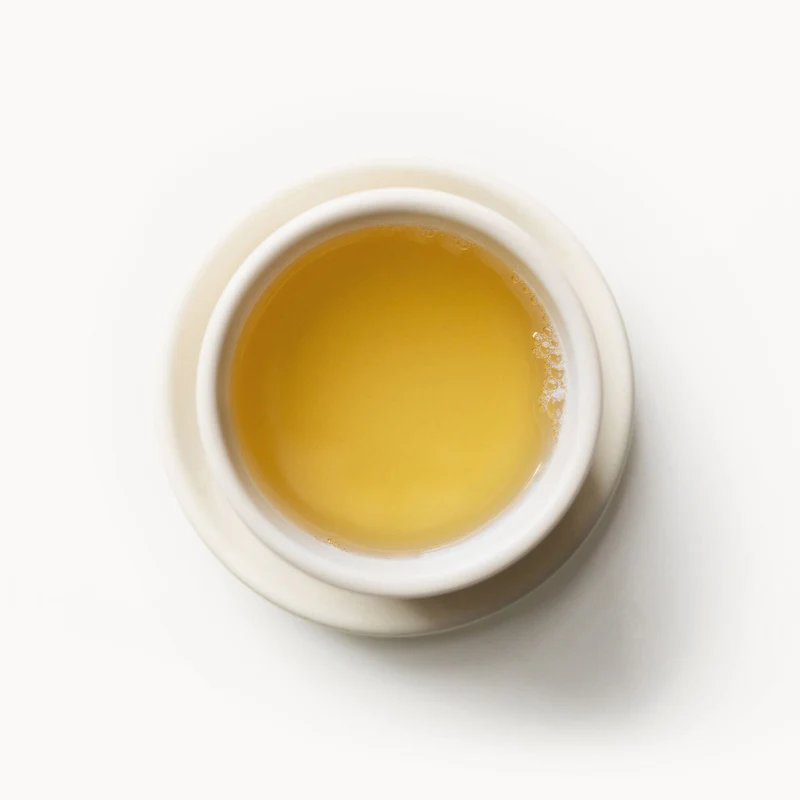
Jade Cloud
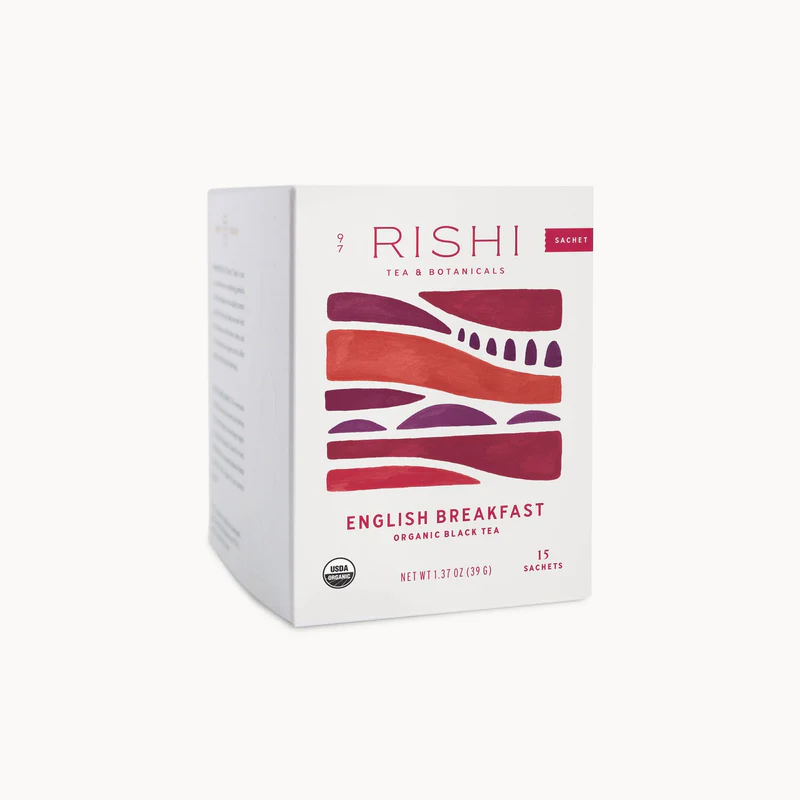
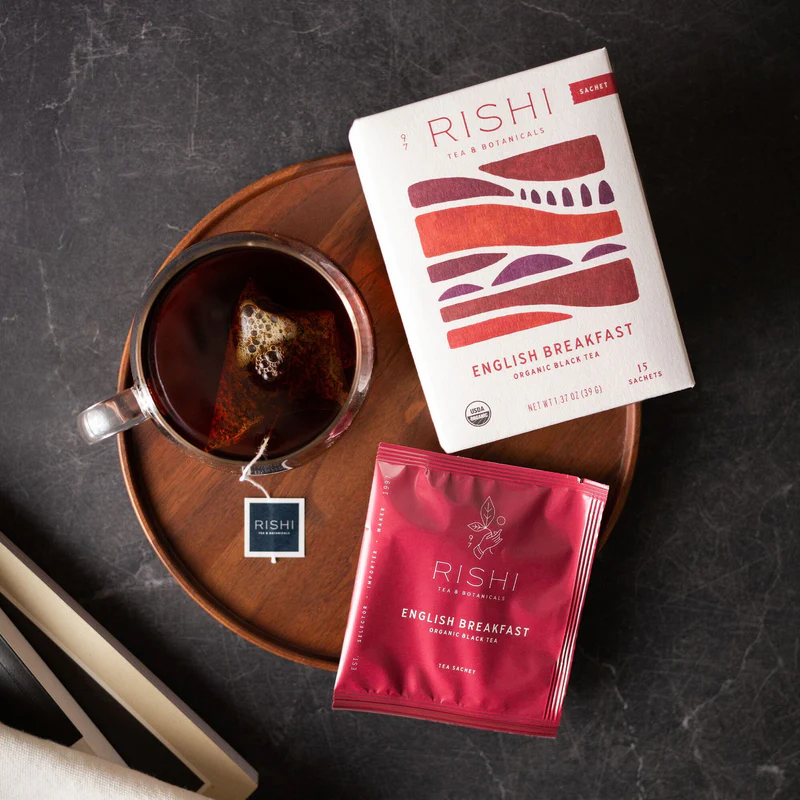
English Breakfast
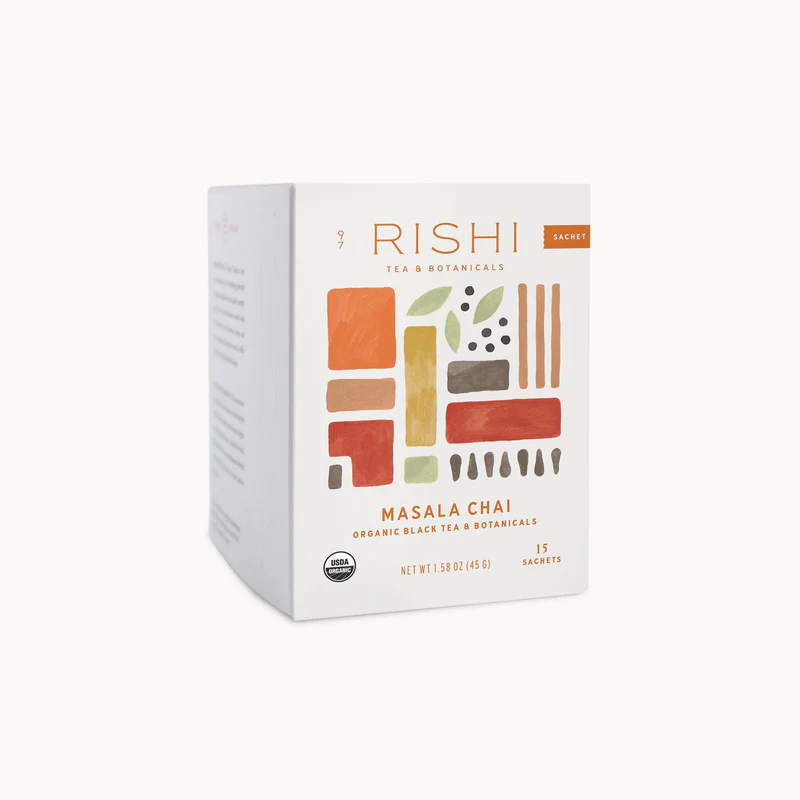
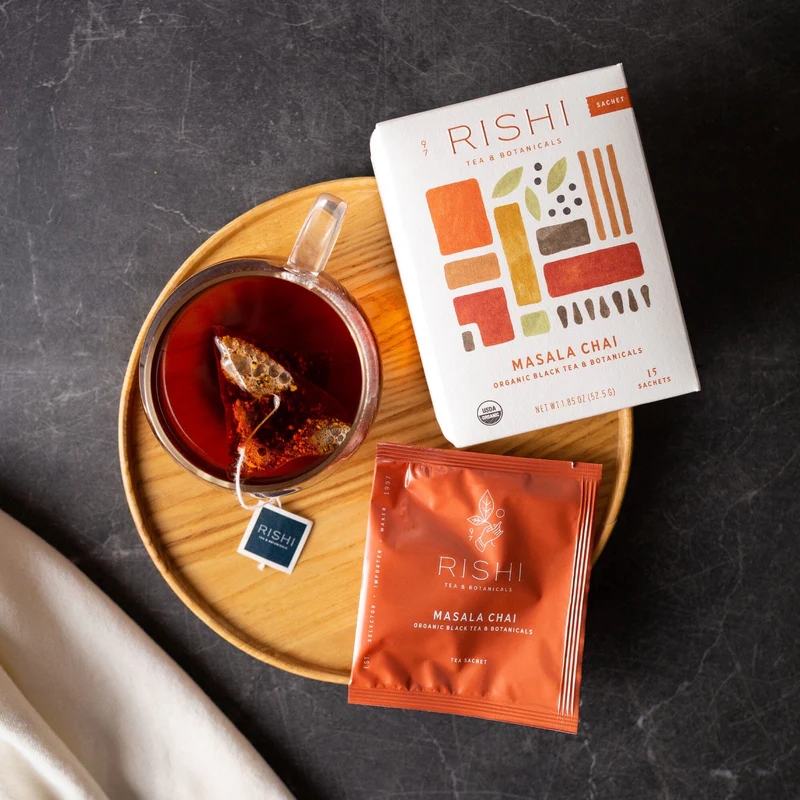
Masala Chai
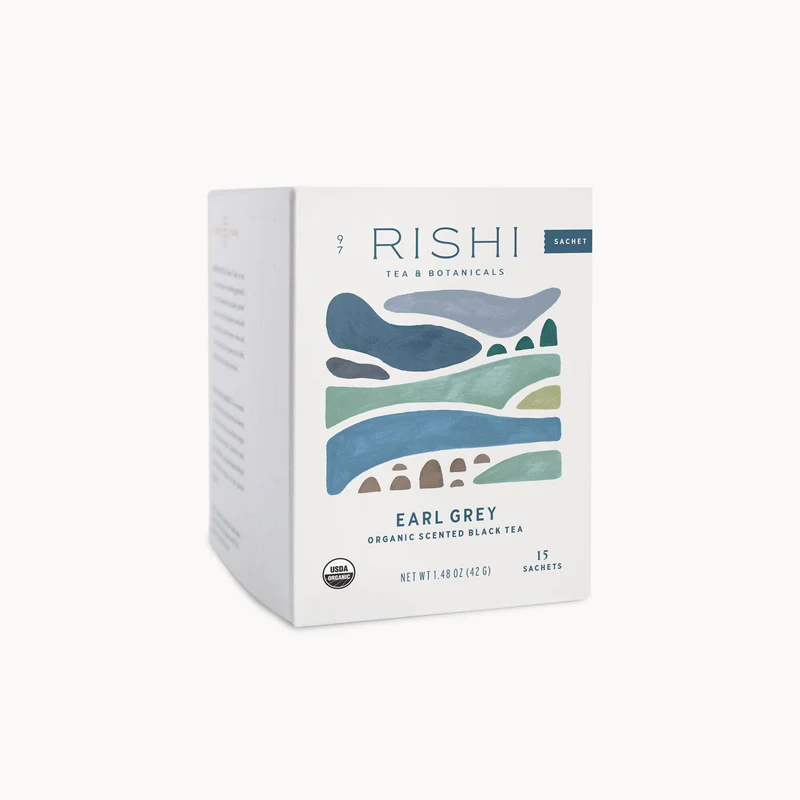
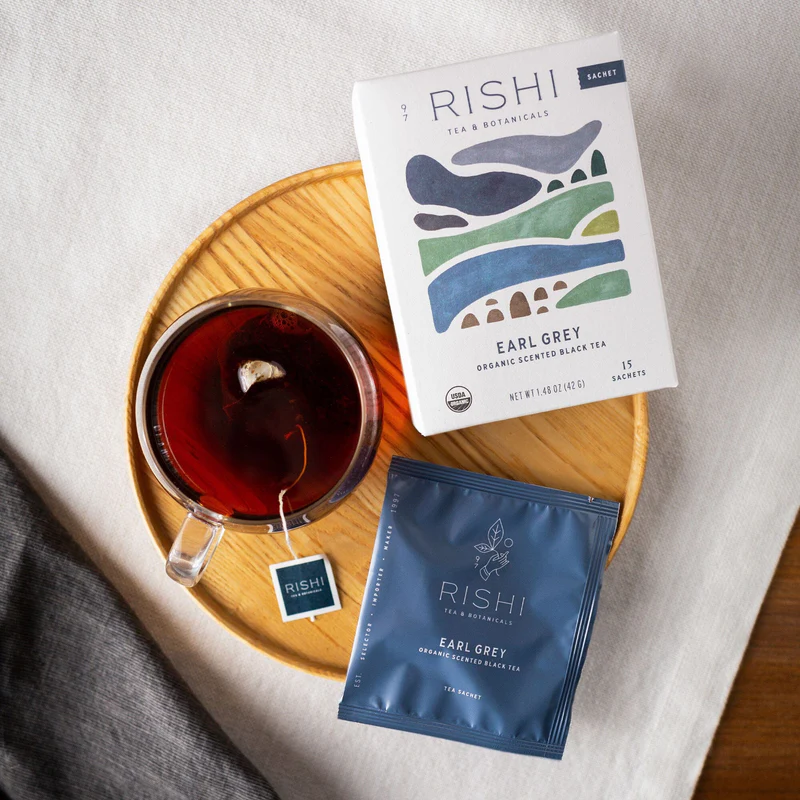
Earl Grey
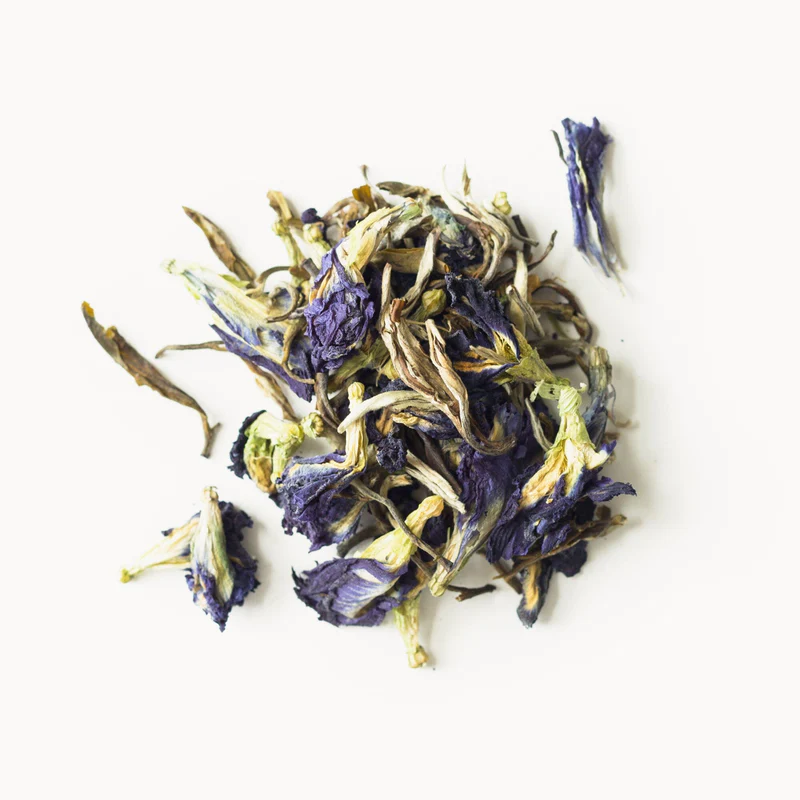
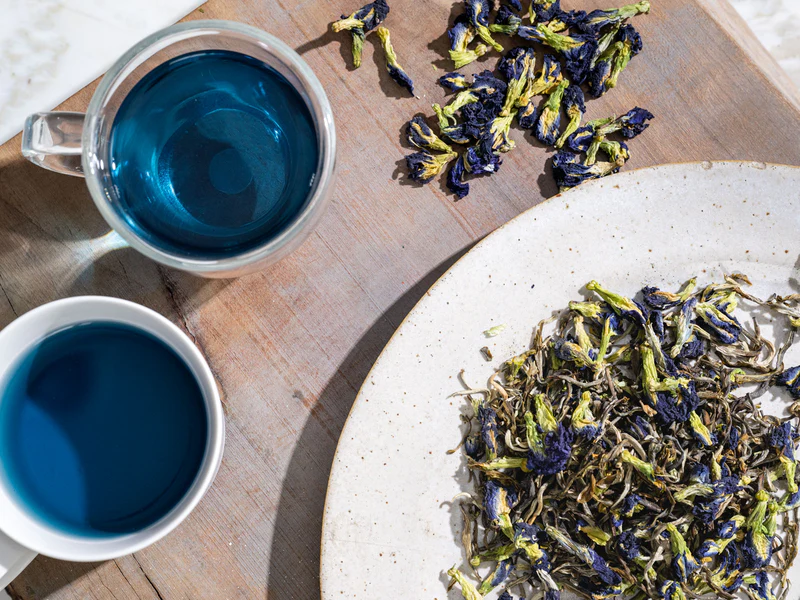
Blue Jasmine
FAQs
How does sencha differ from other teas?
The processing for sencha is different from that of other teas as the leaves are not roasted. The young sencha leaves are steamed immediately, which locks in the delicate flavors and aromas.
What is special about the first and second flush harvests?
The first and second flush harvests occur after a dormancy and rejuvenation period during the winter. The first flush produces leaves that are packed with nutrients and flavor. The second flush offers a richer tasting harvest. Japanese sencha tea comes from the premium leaves from these initial flushes in the early springtime.
Can I re-use sencha tea?
It is a common practice to re-steep loose leaf sencha green tea, but you can still do this with sachets. The taste may change slightly after the first steep, adding different nuances to the experience. To preserve the overall flavor, we recommend steeping the tea a maximum of 2 or 3 times.
What is the best way to enjoy sencha?
Wake up with a cup of Japanese sencha to leave you feeling cleansed and refreshed. You can add a dash of honey or a slice of lemon if desired.
 Best Sellers
Best Sellers


